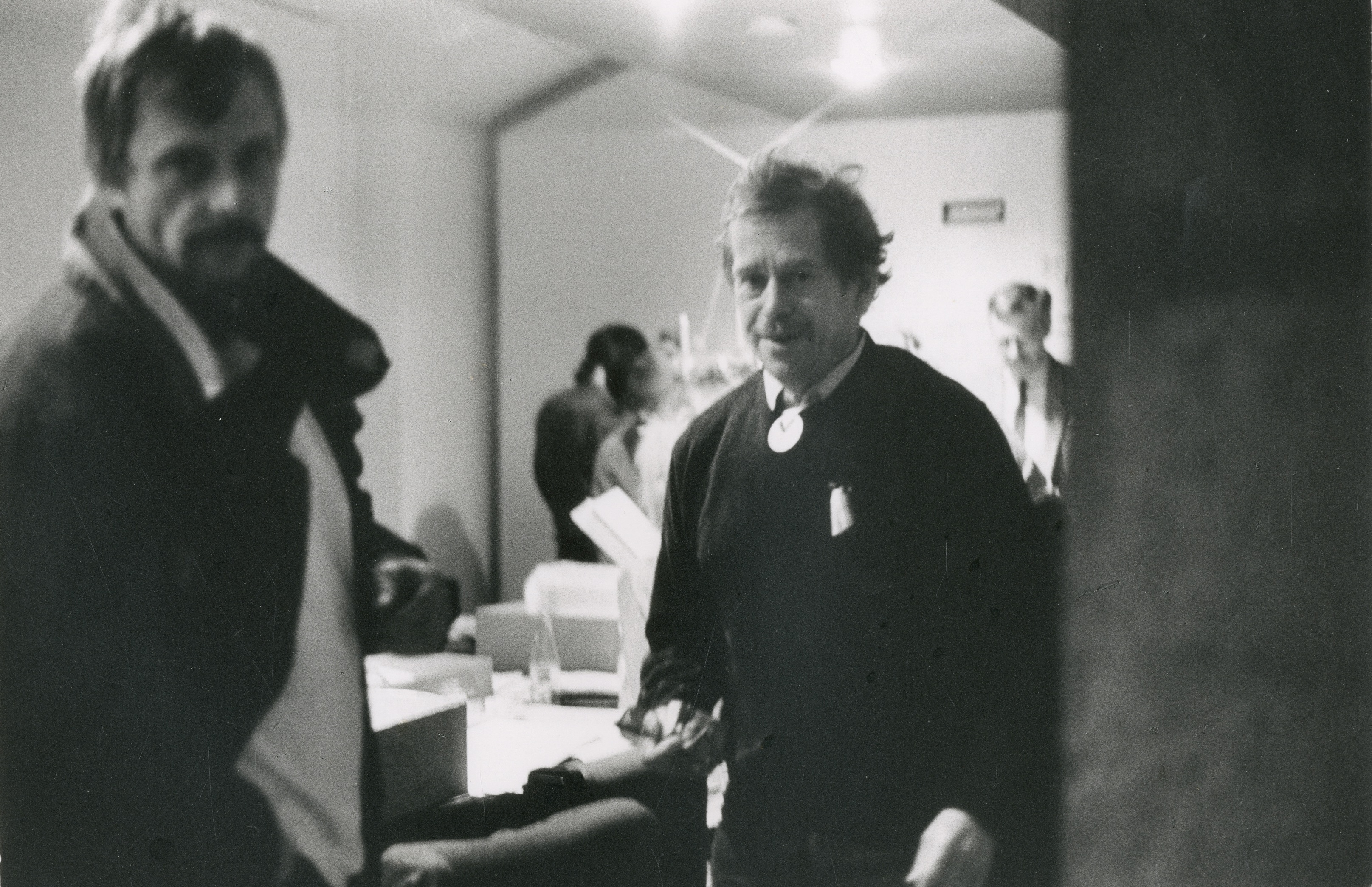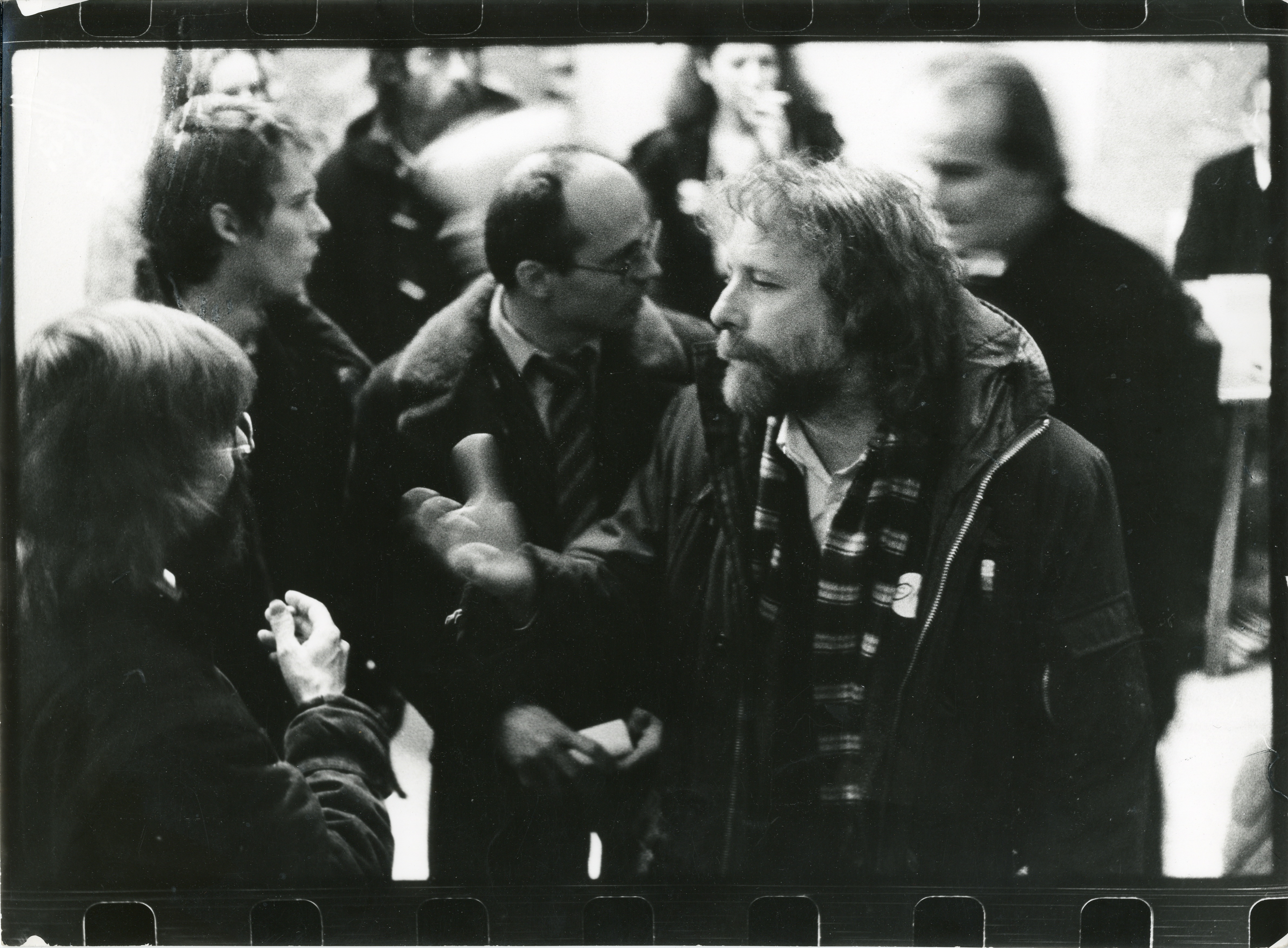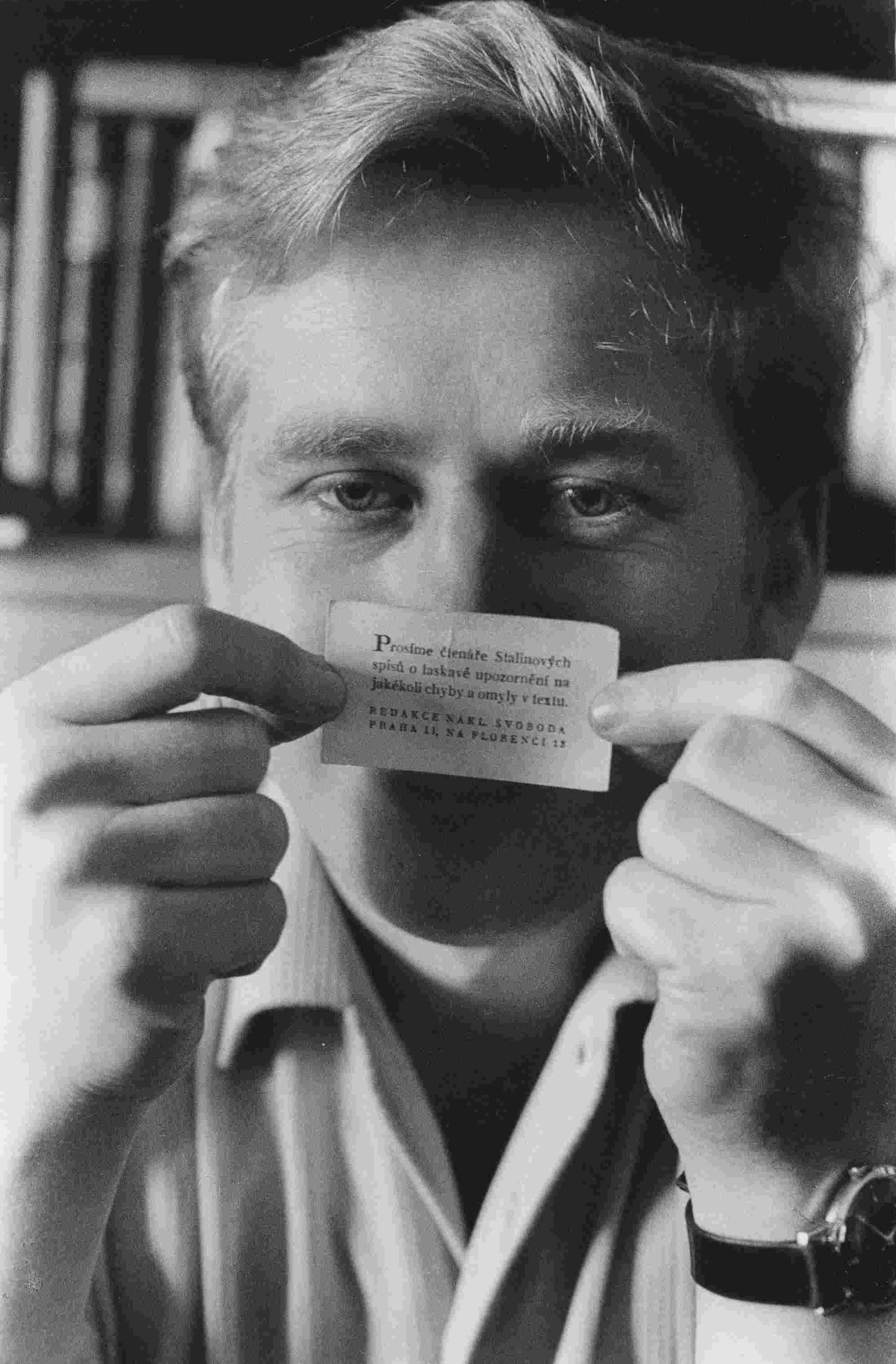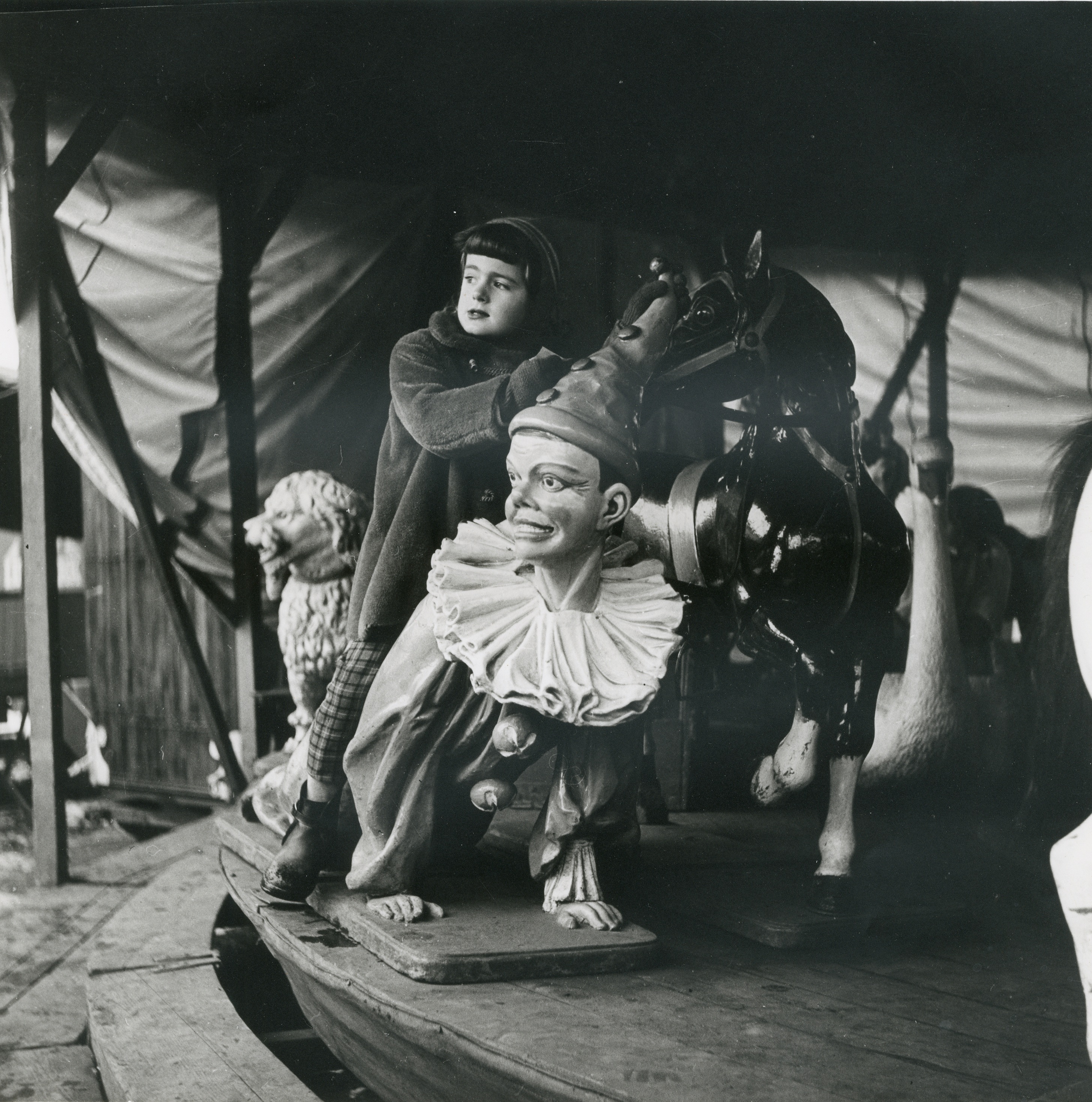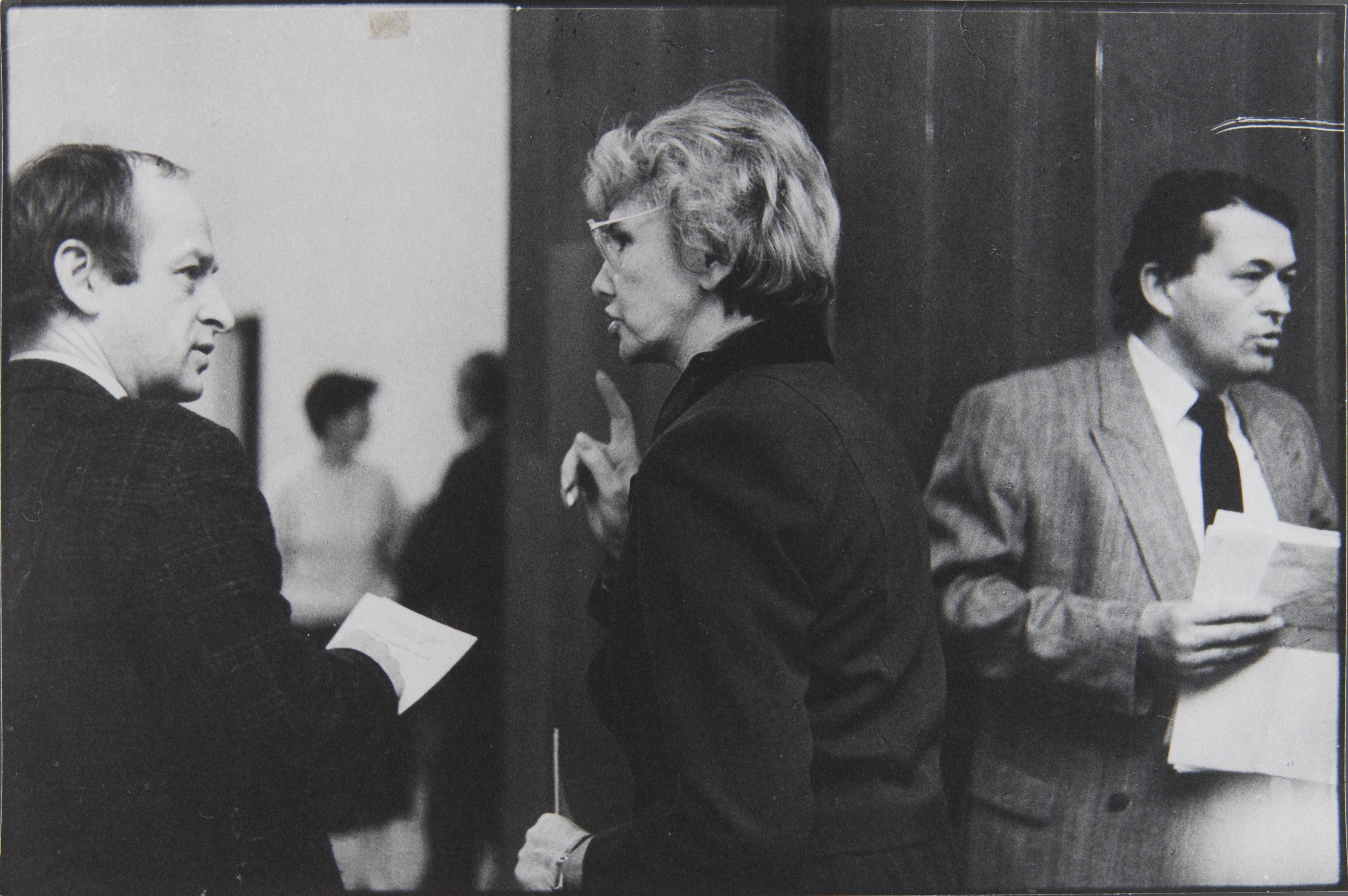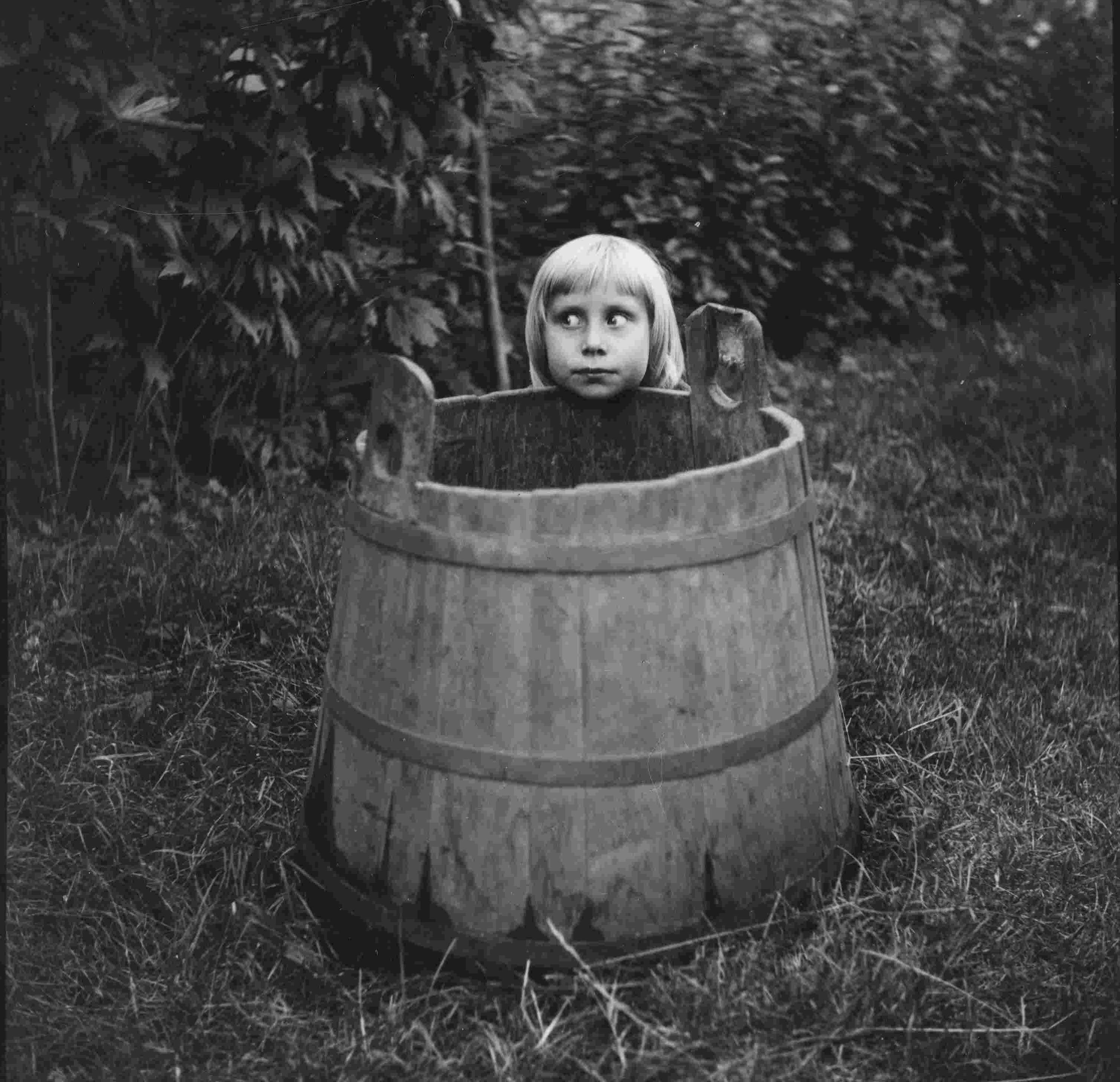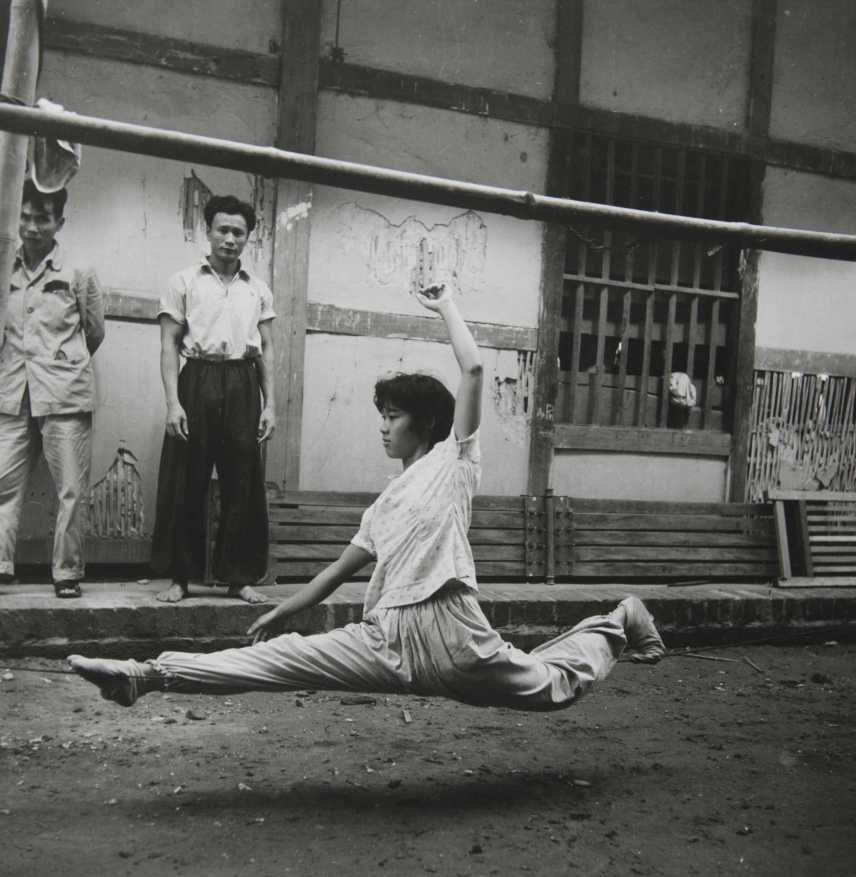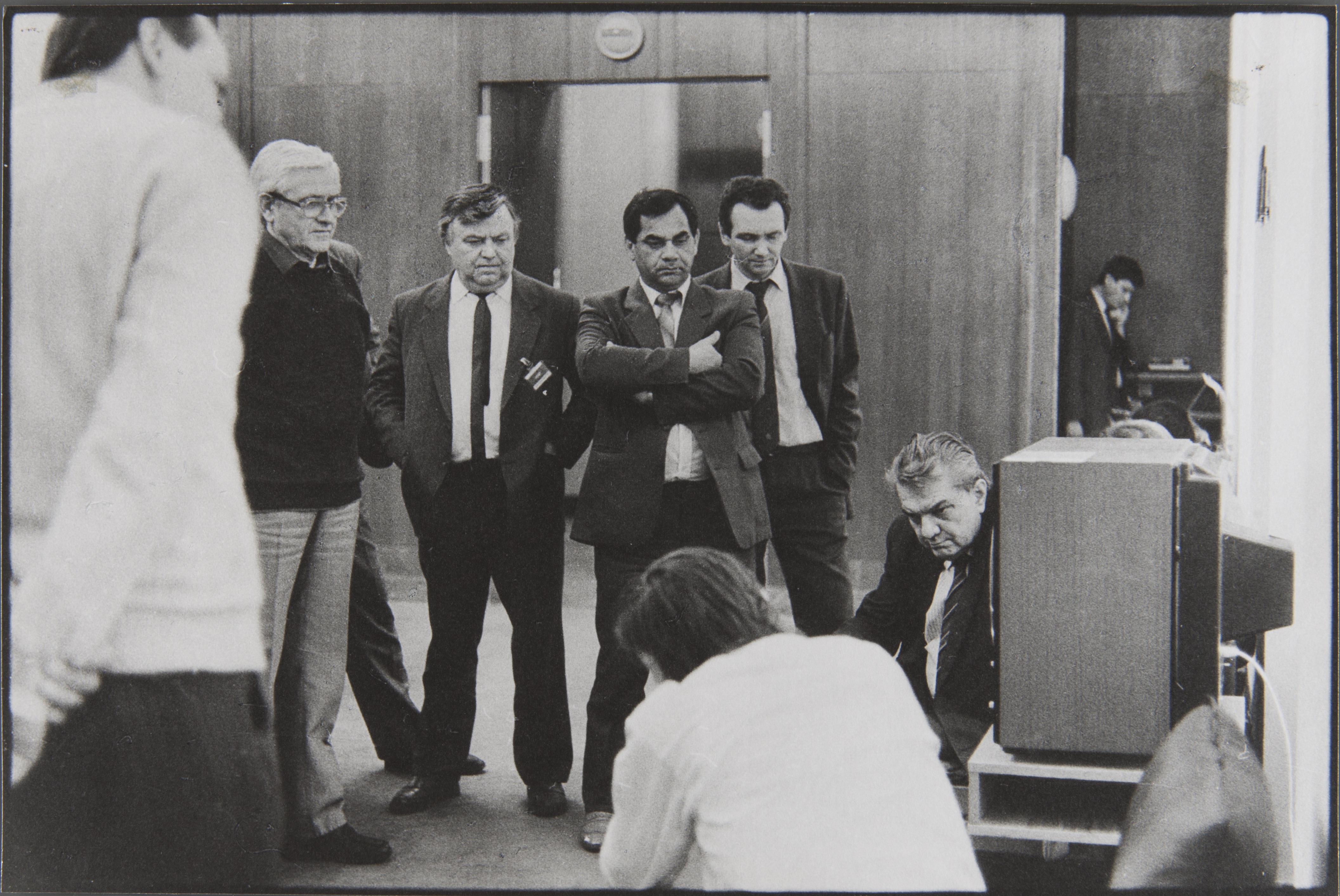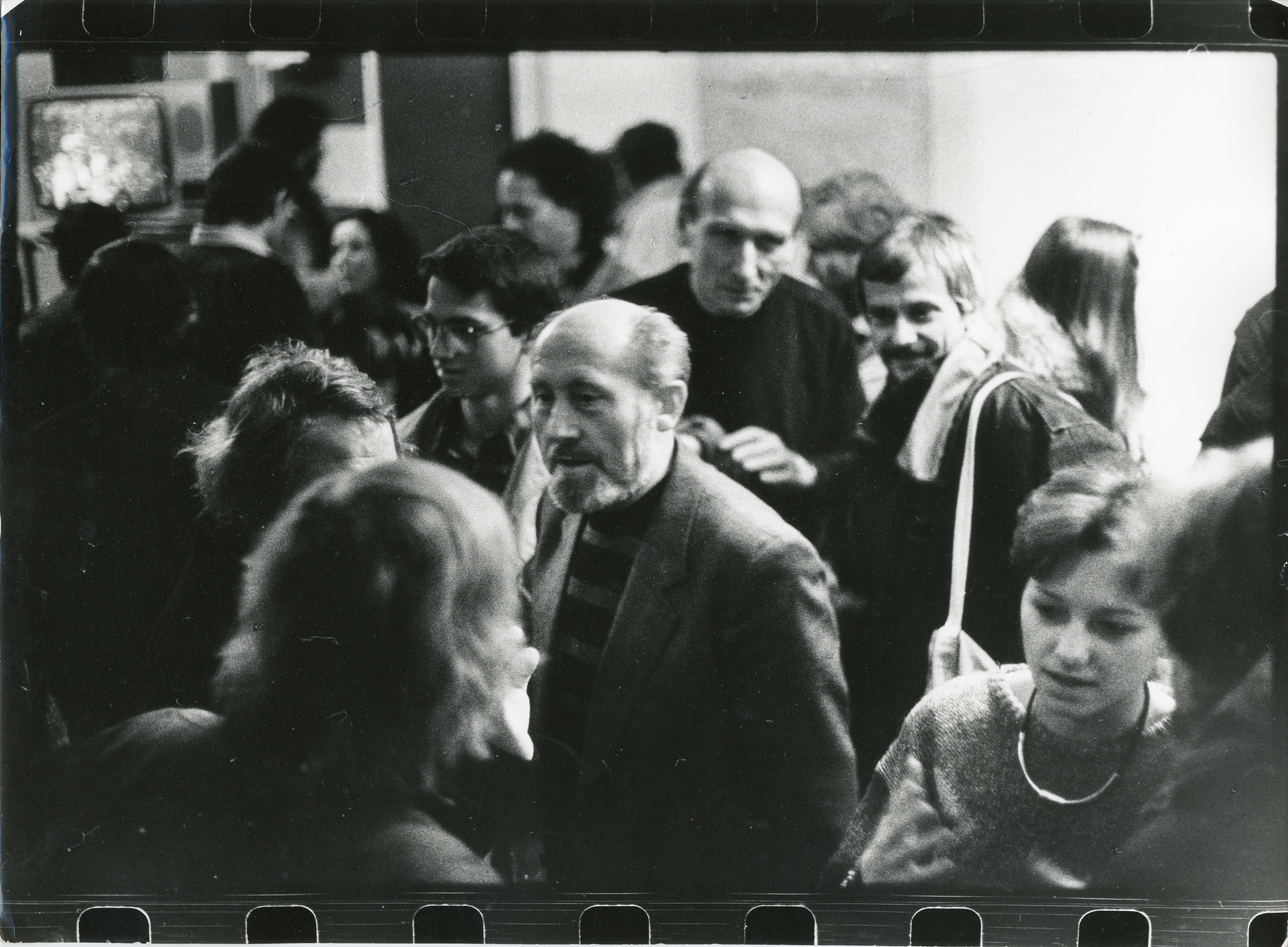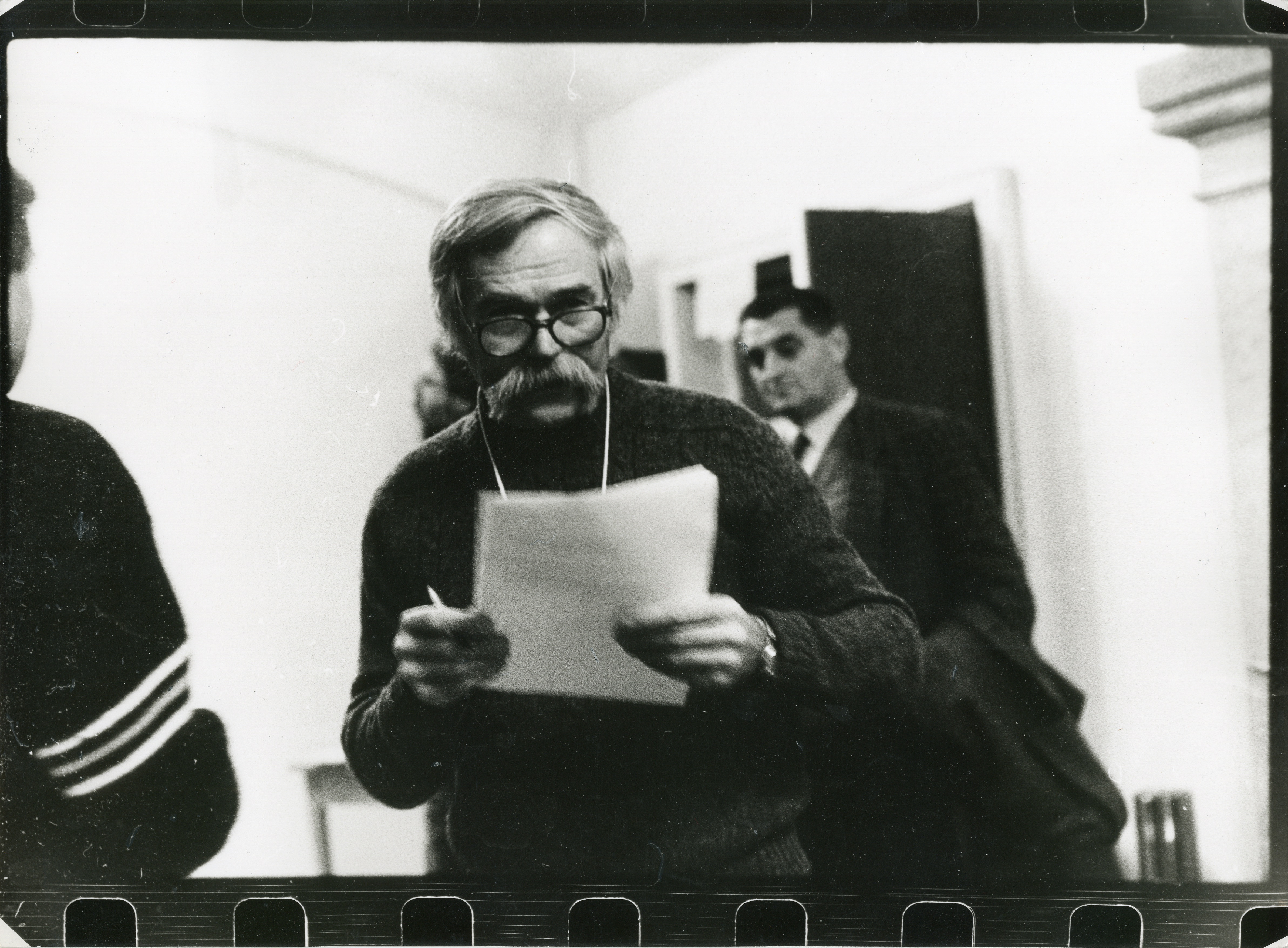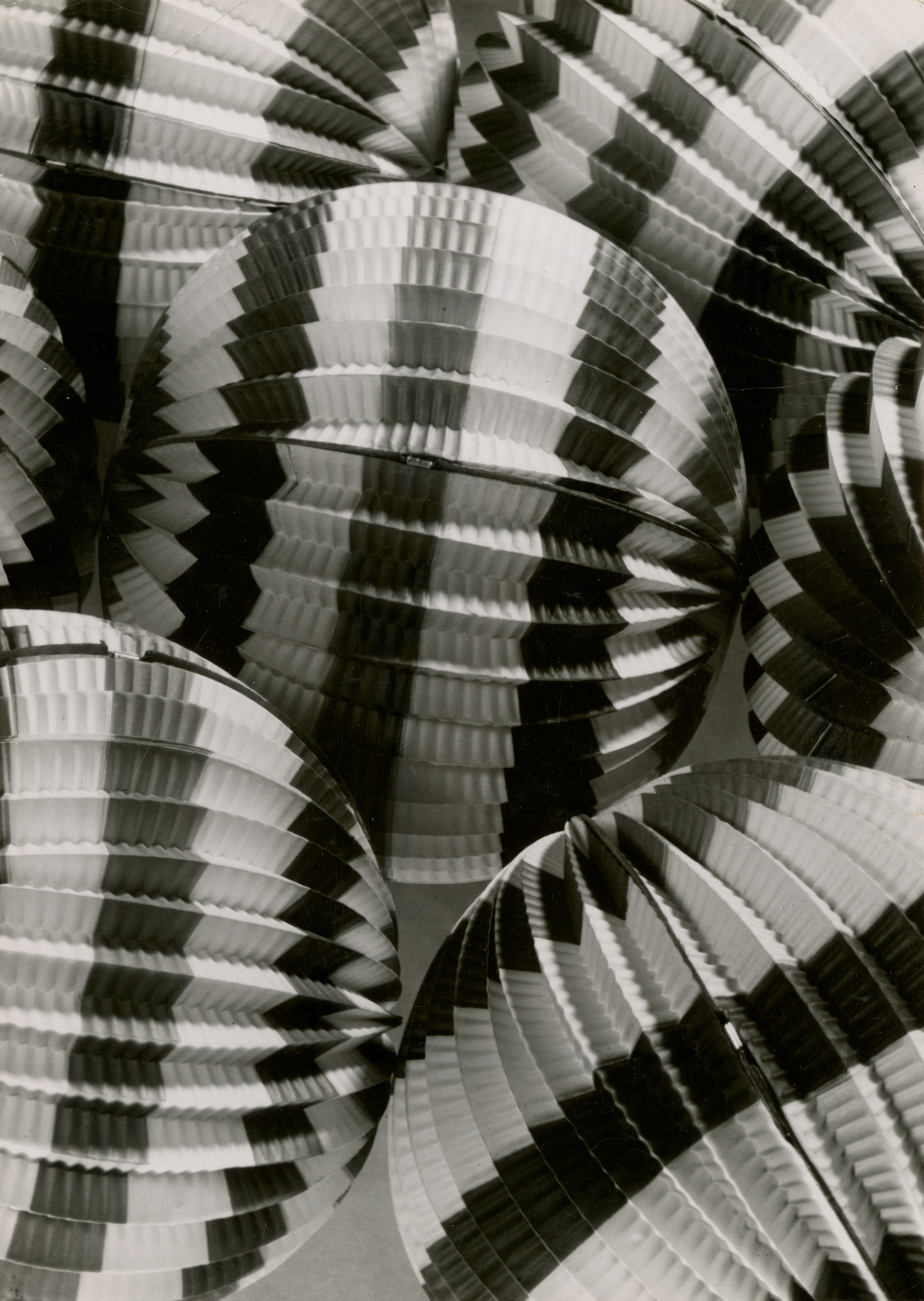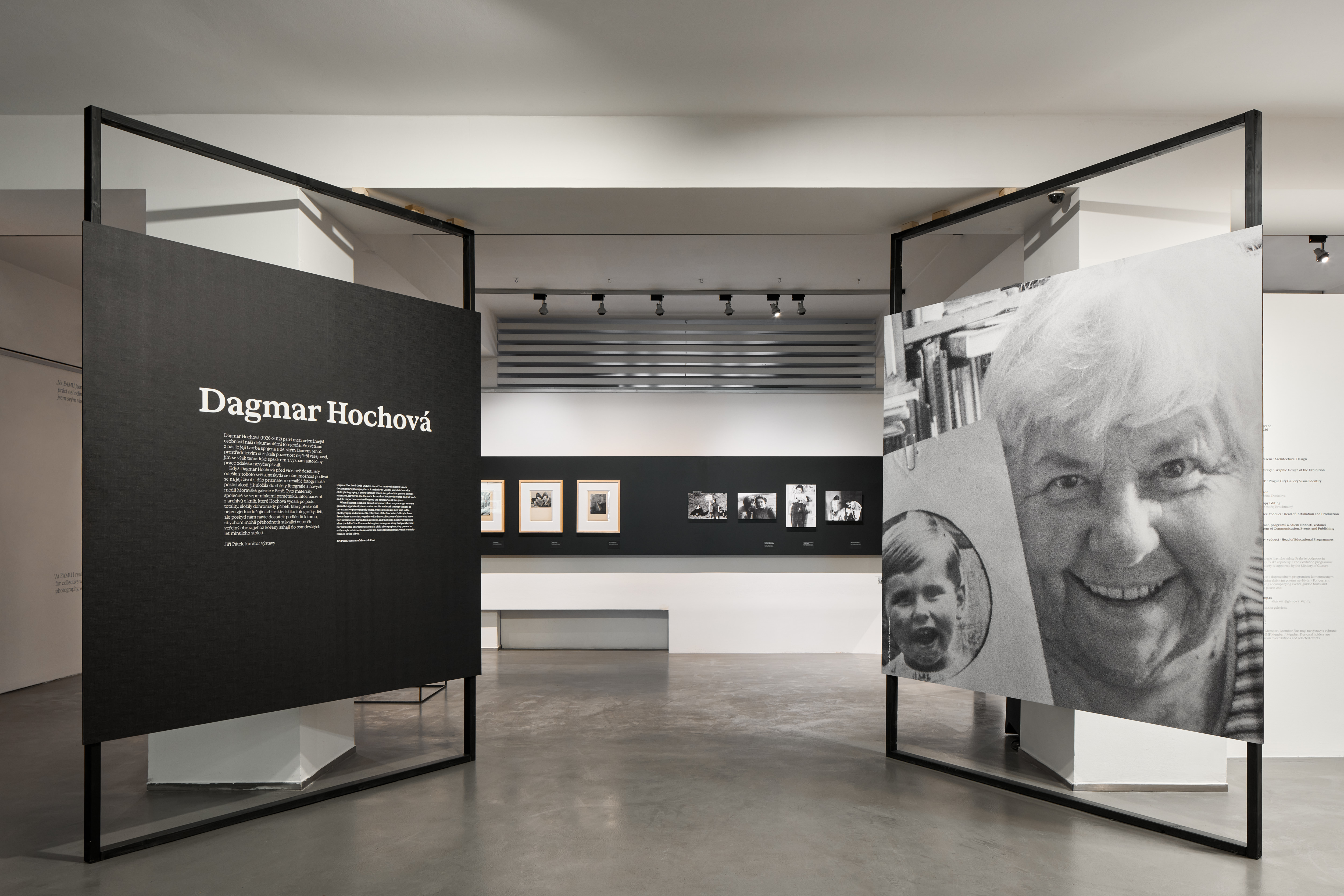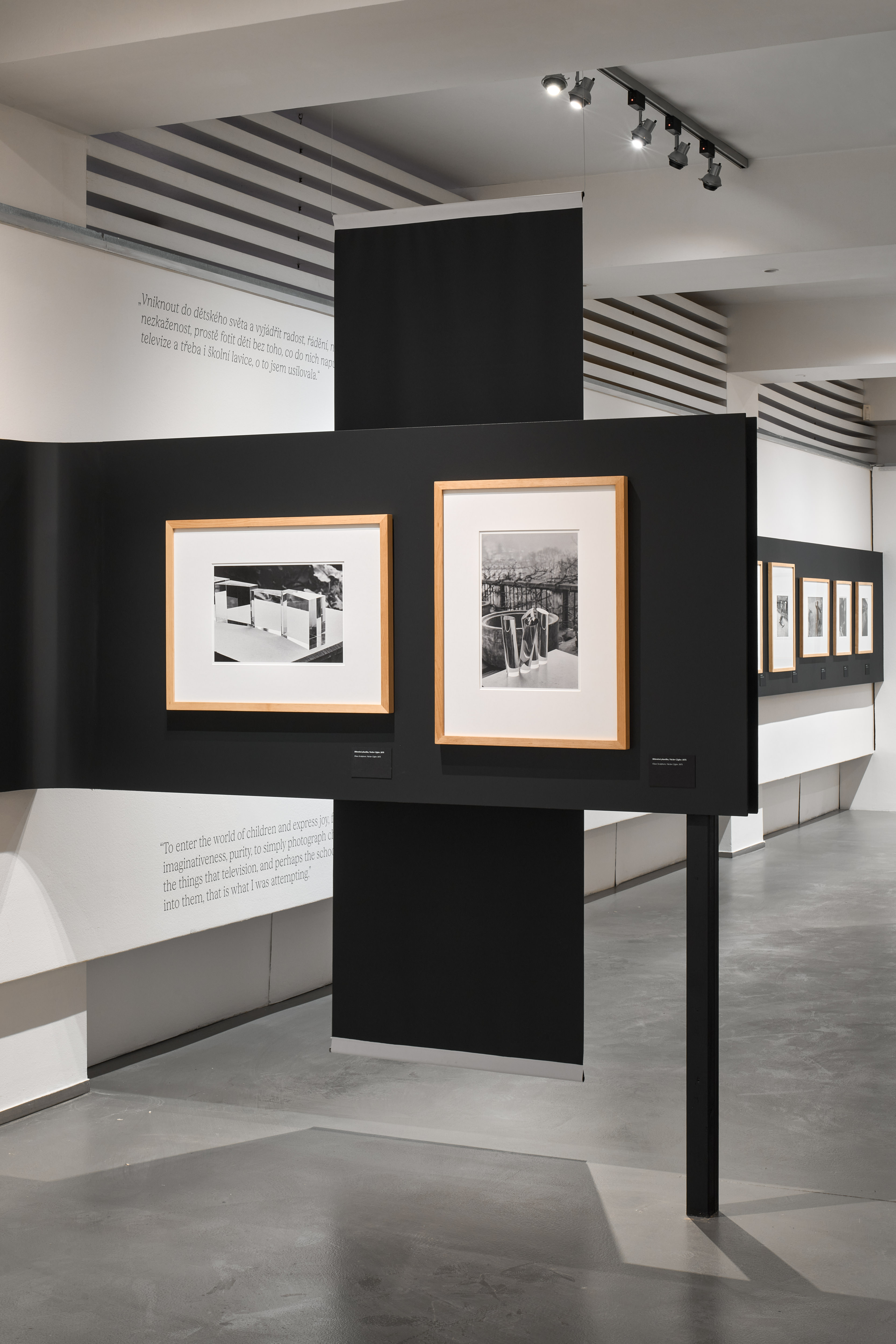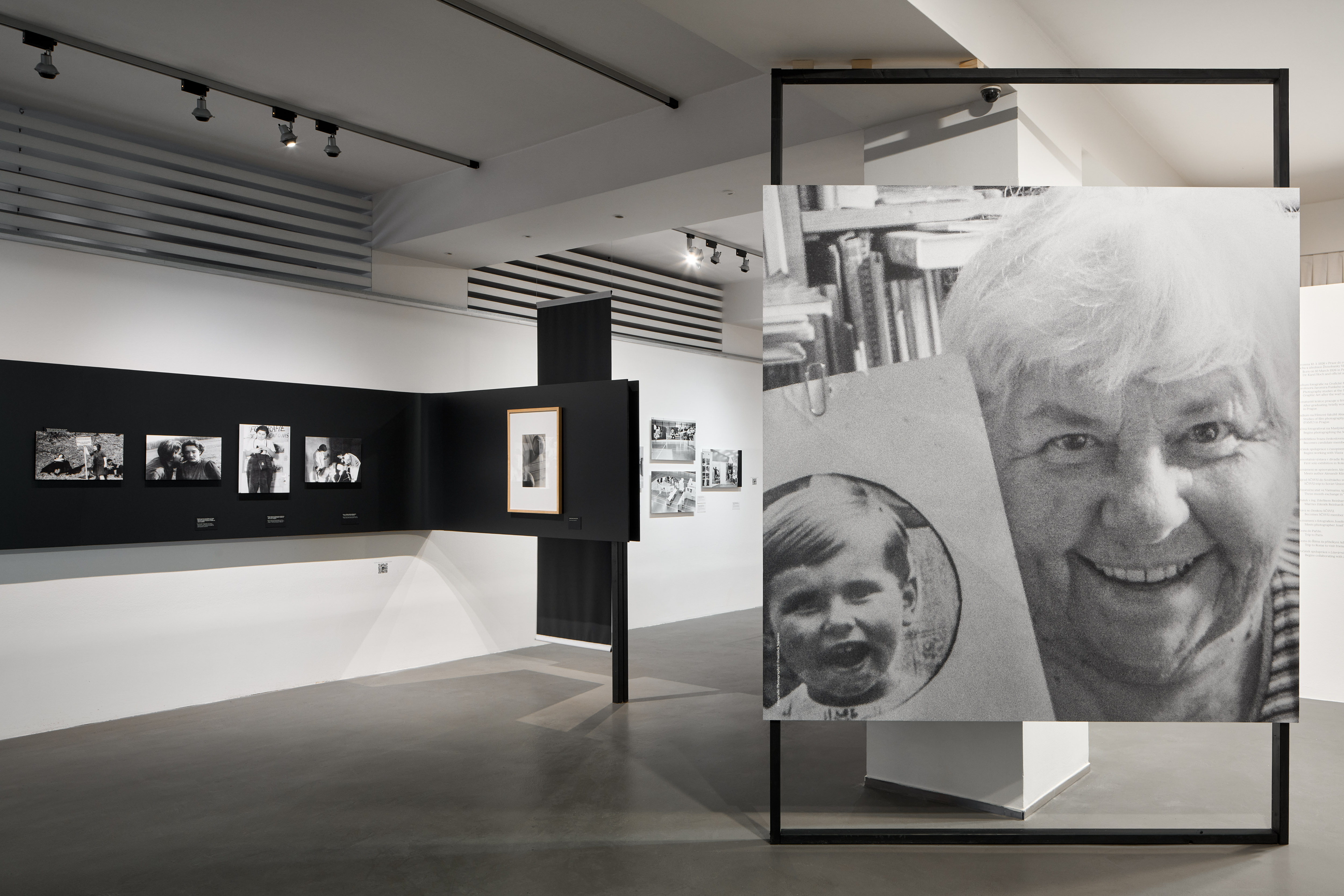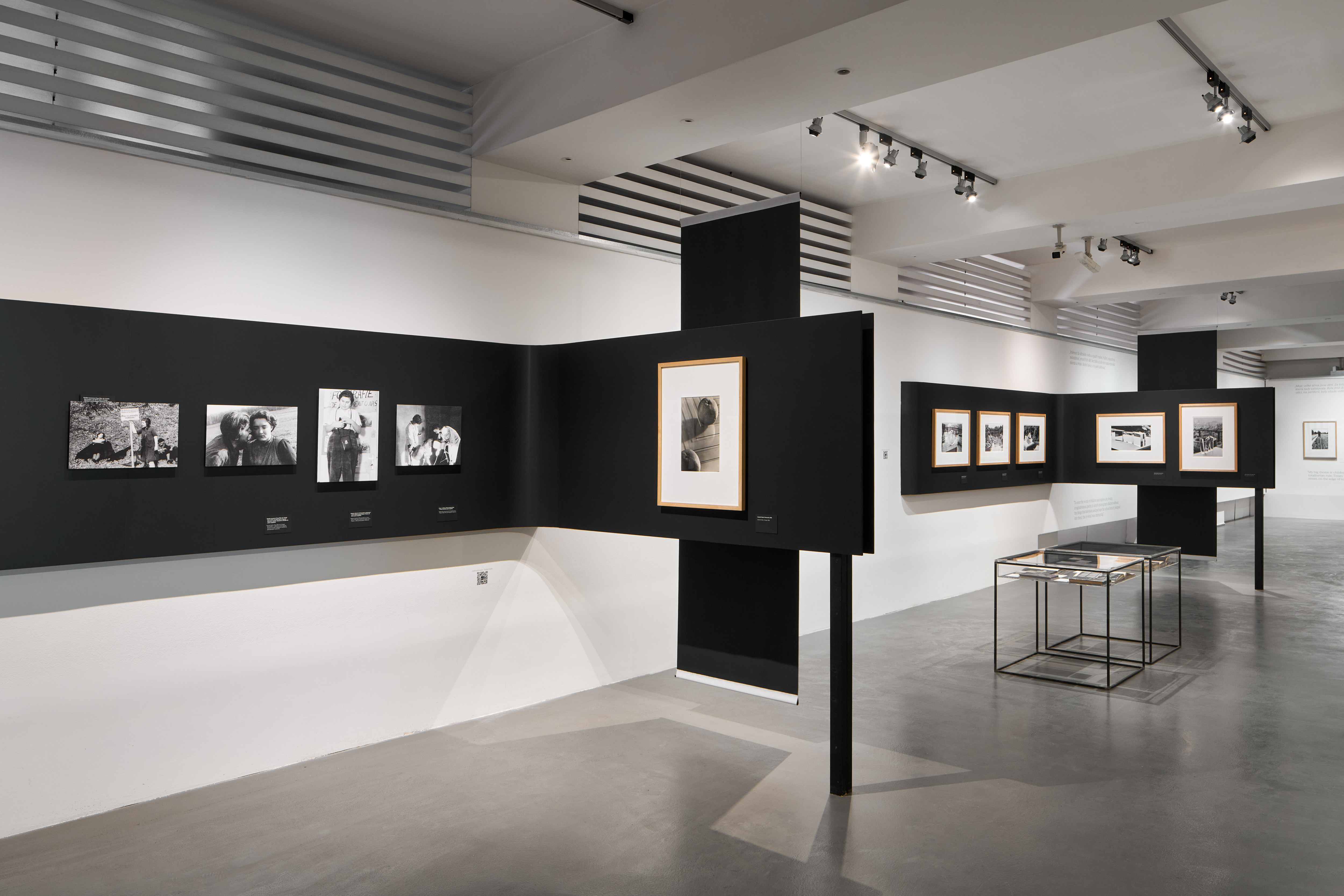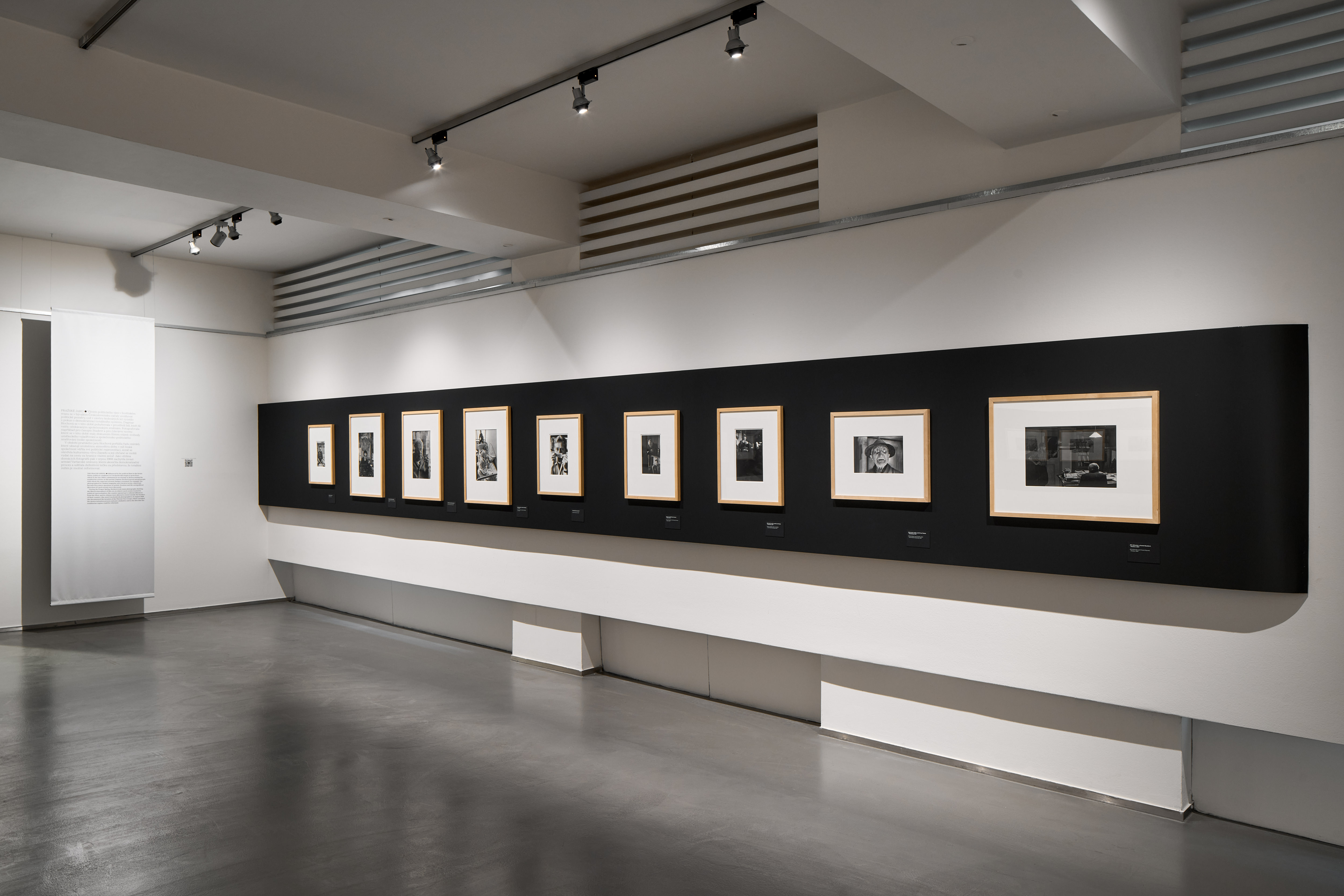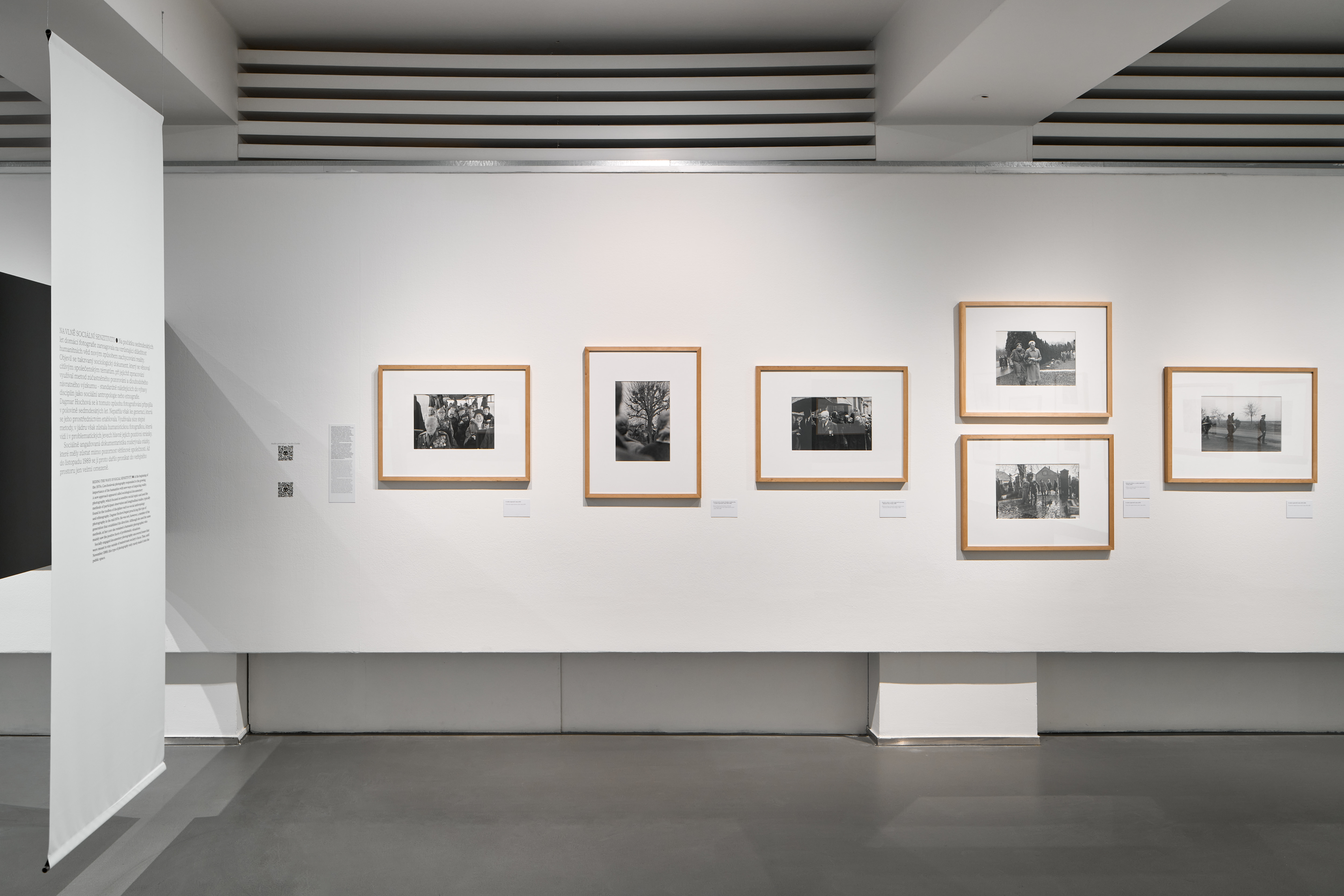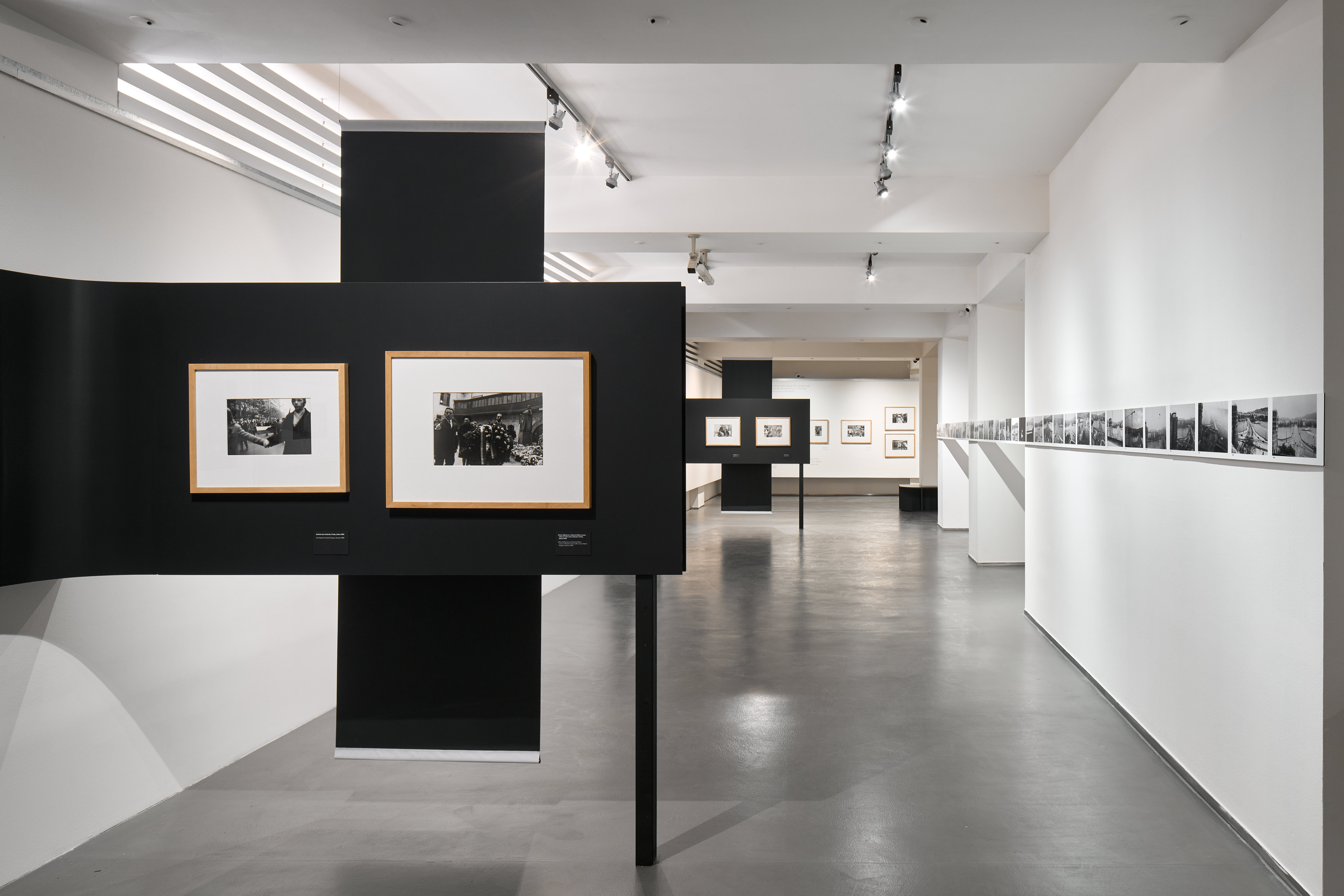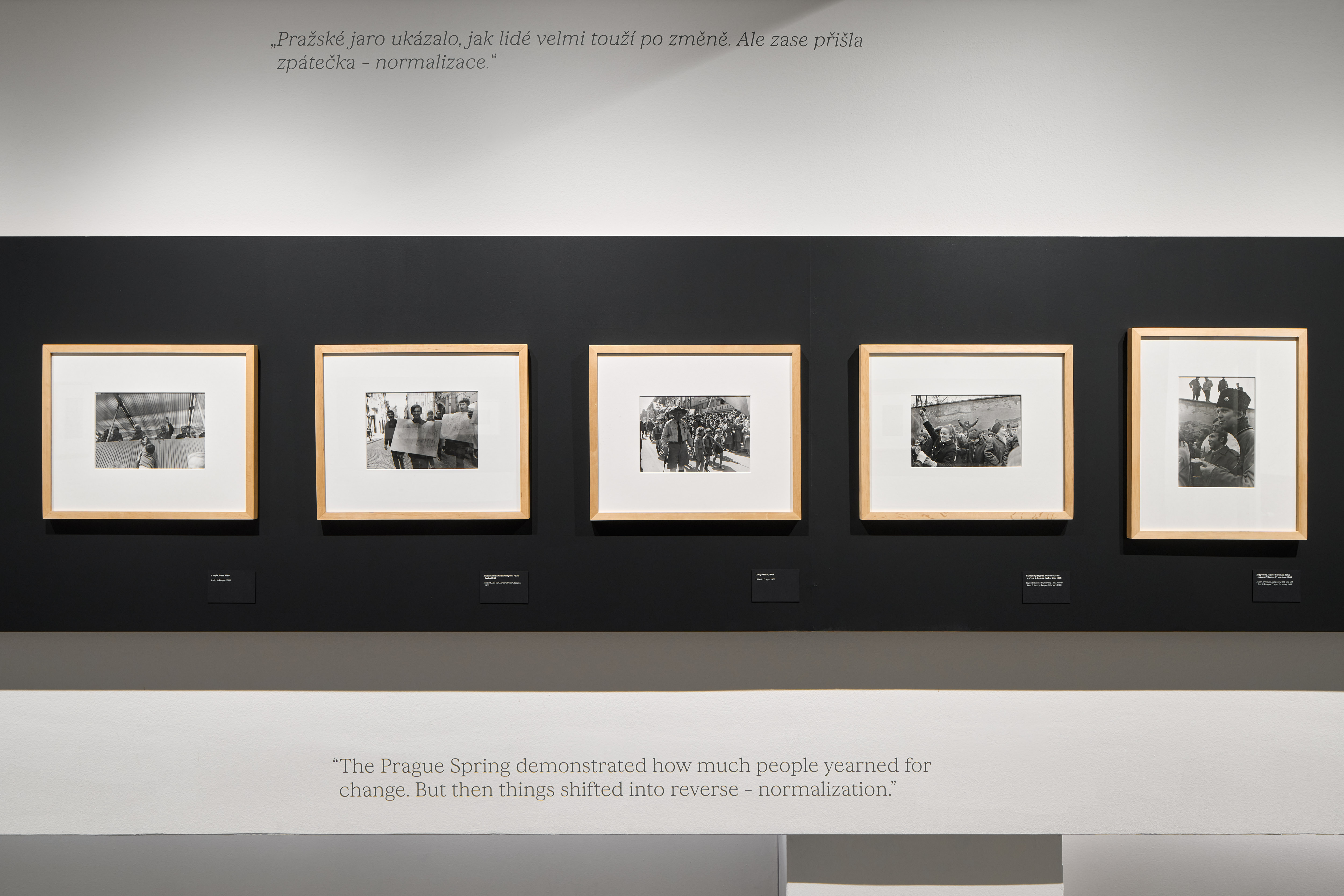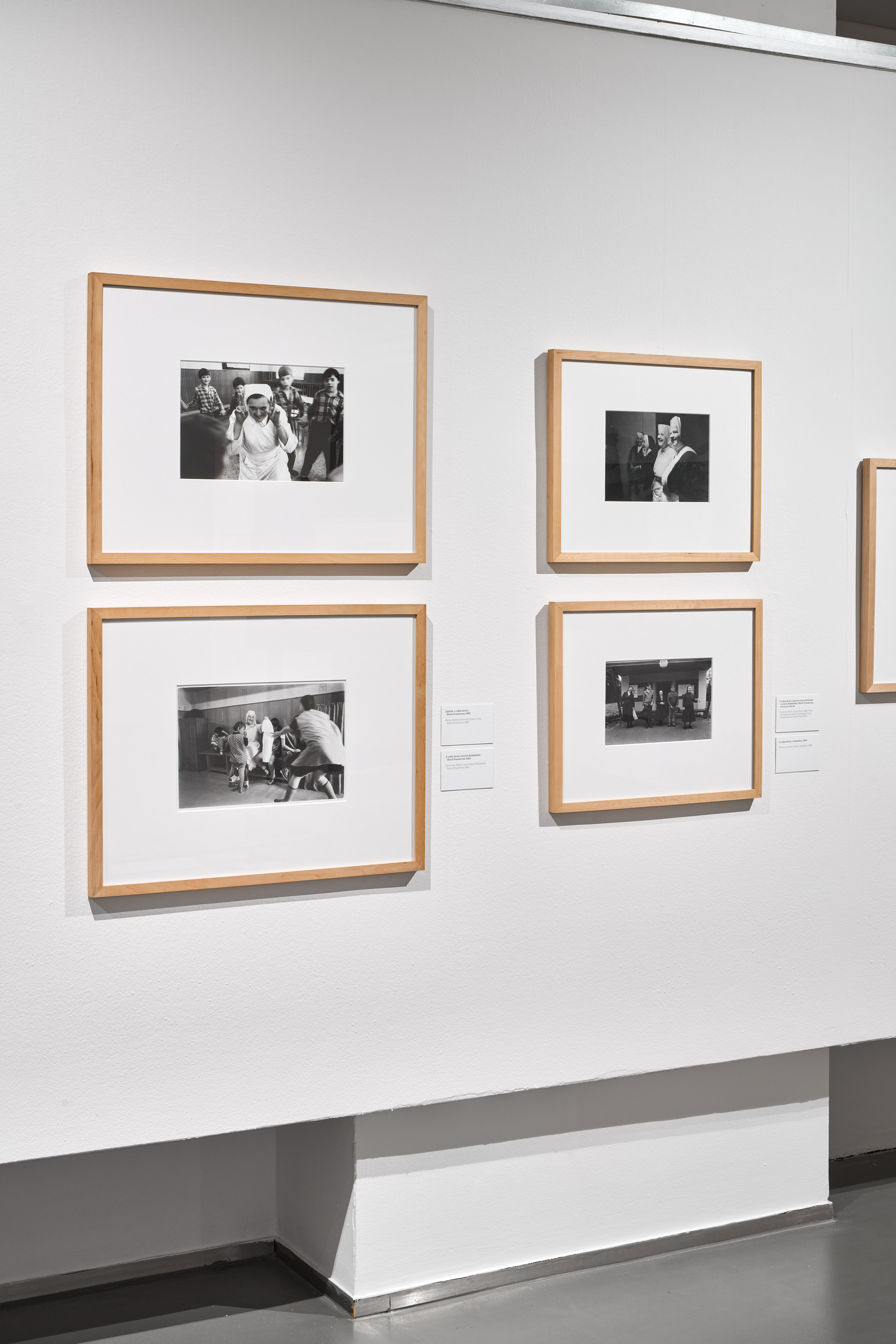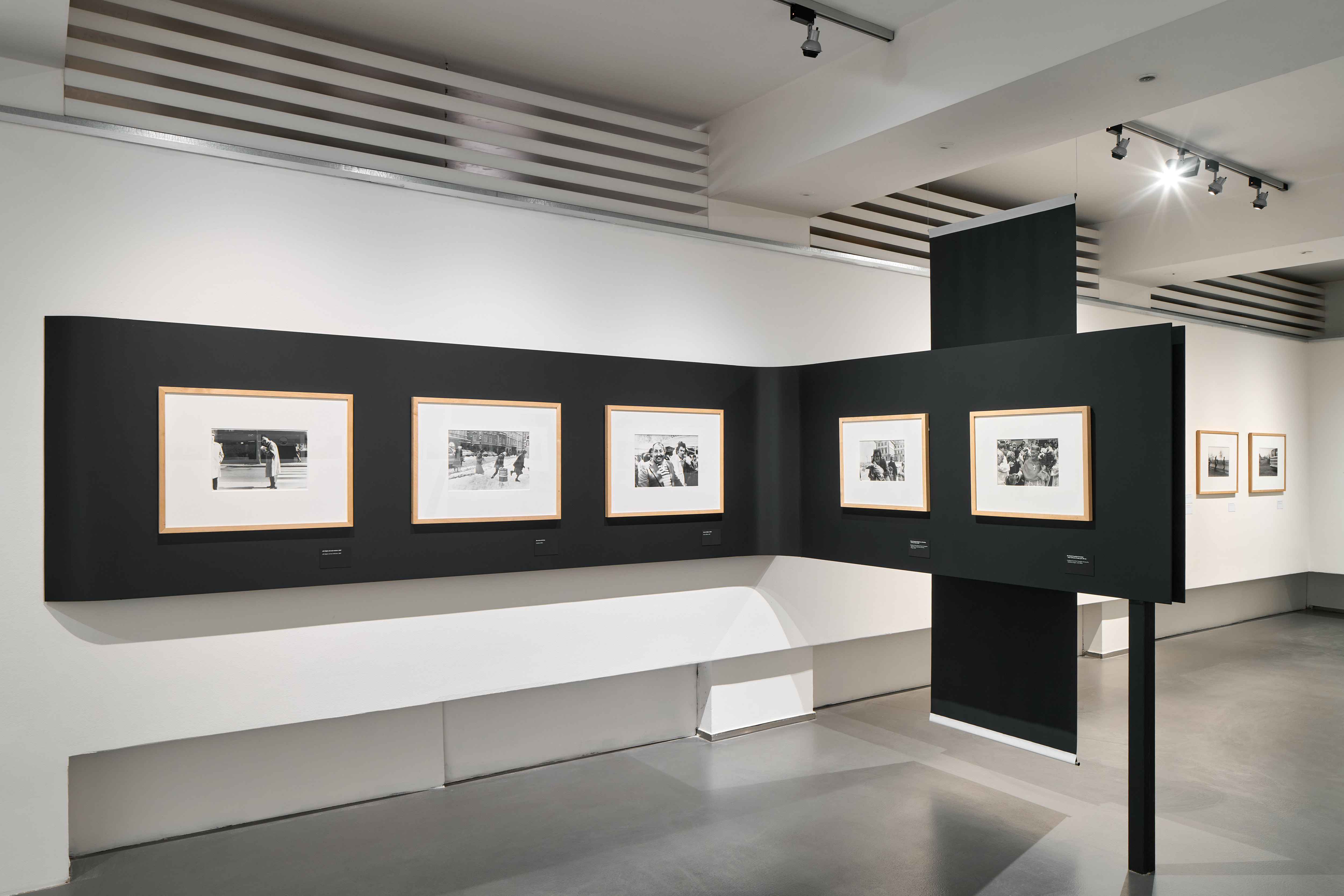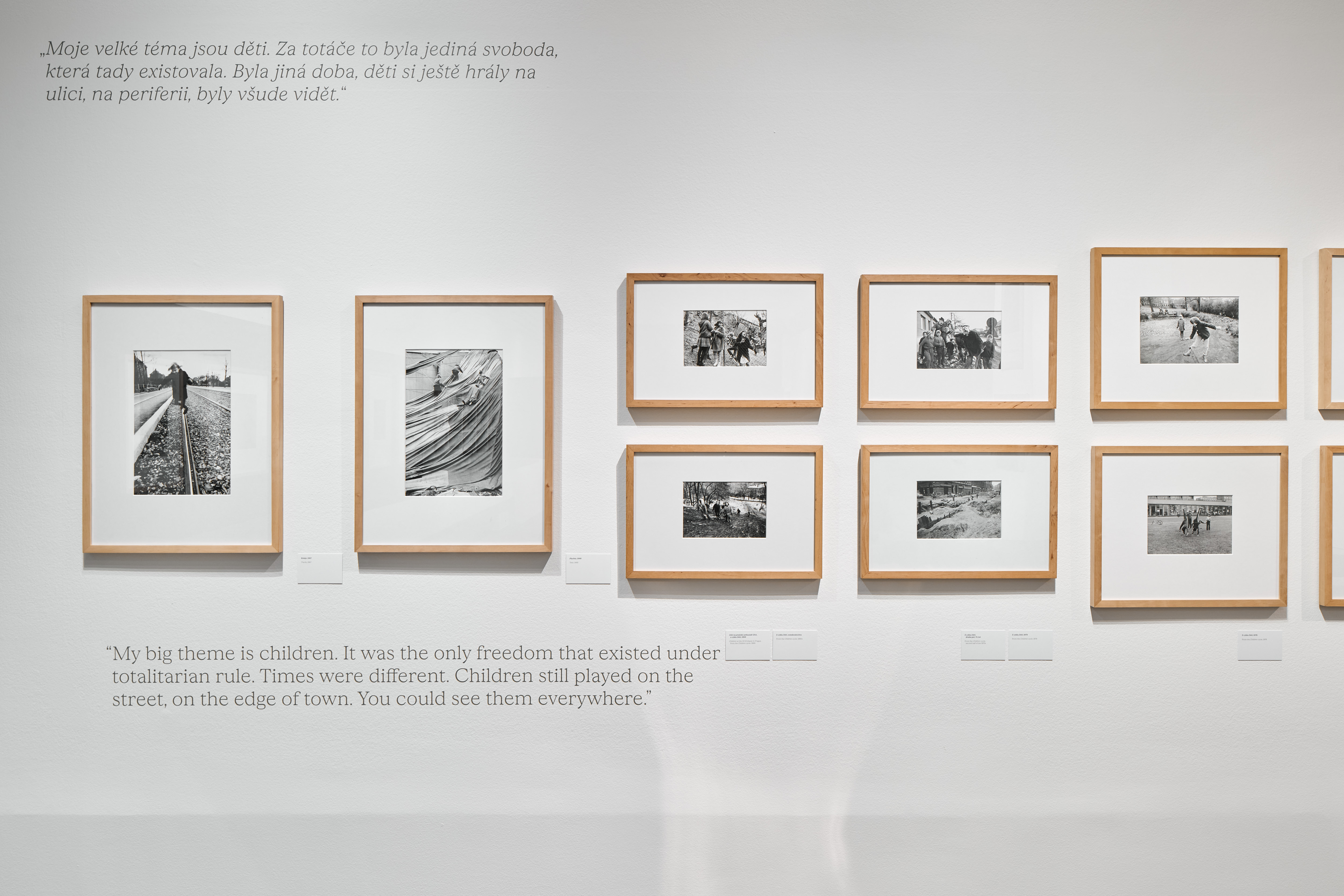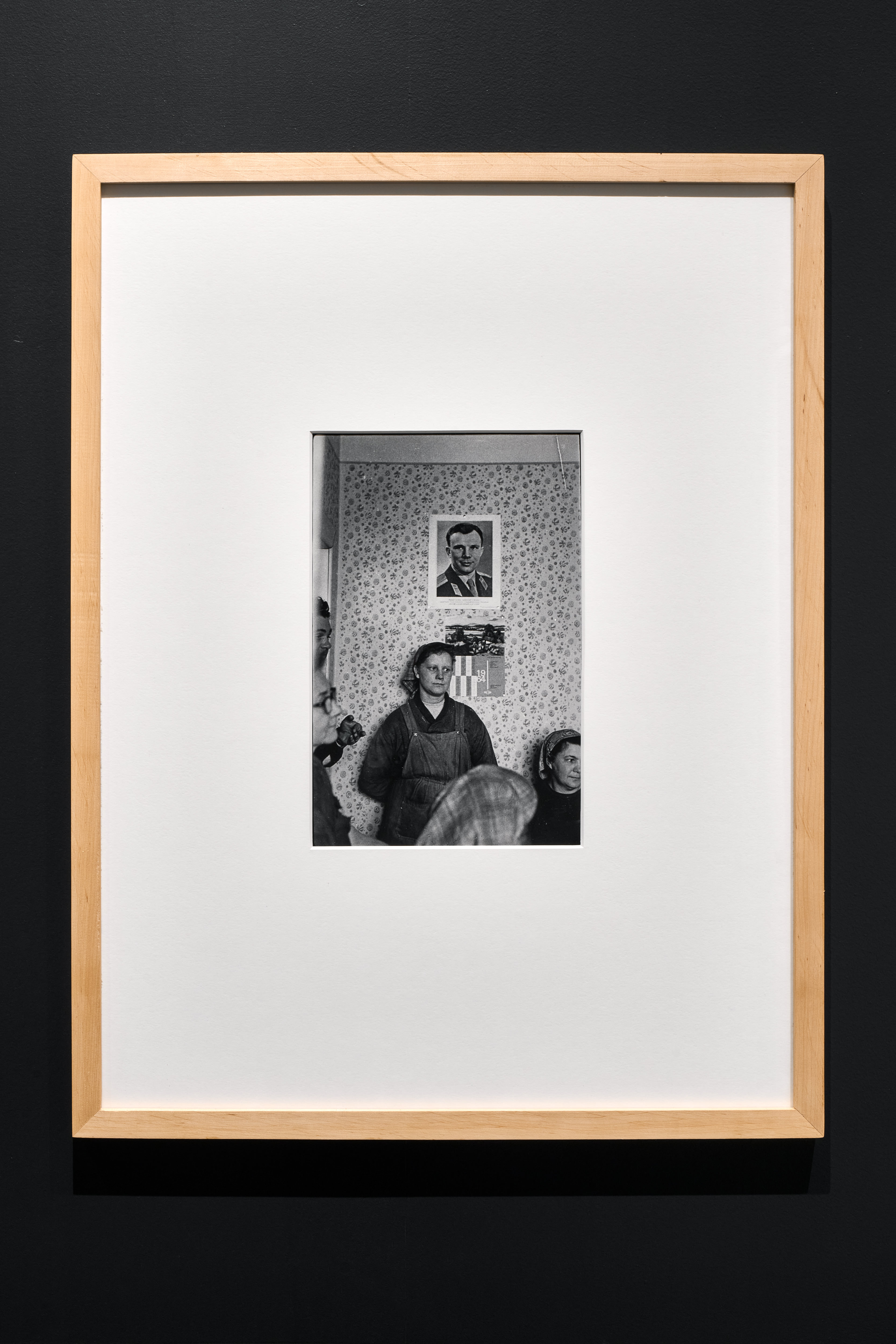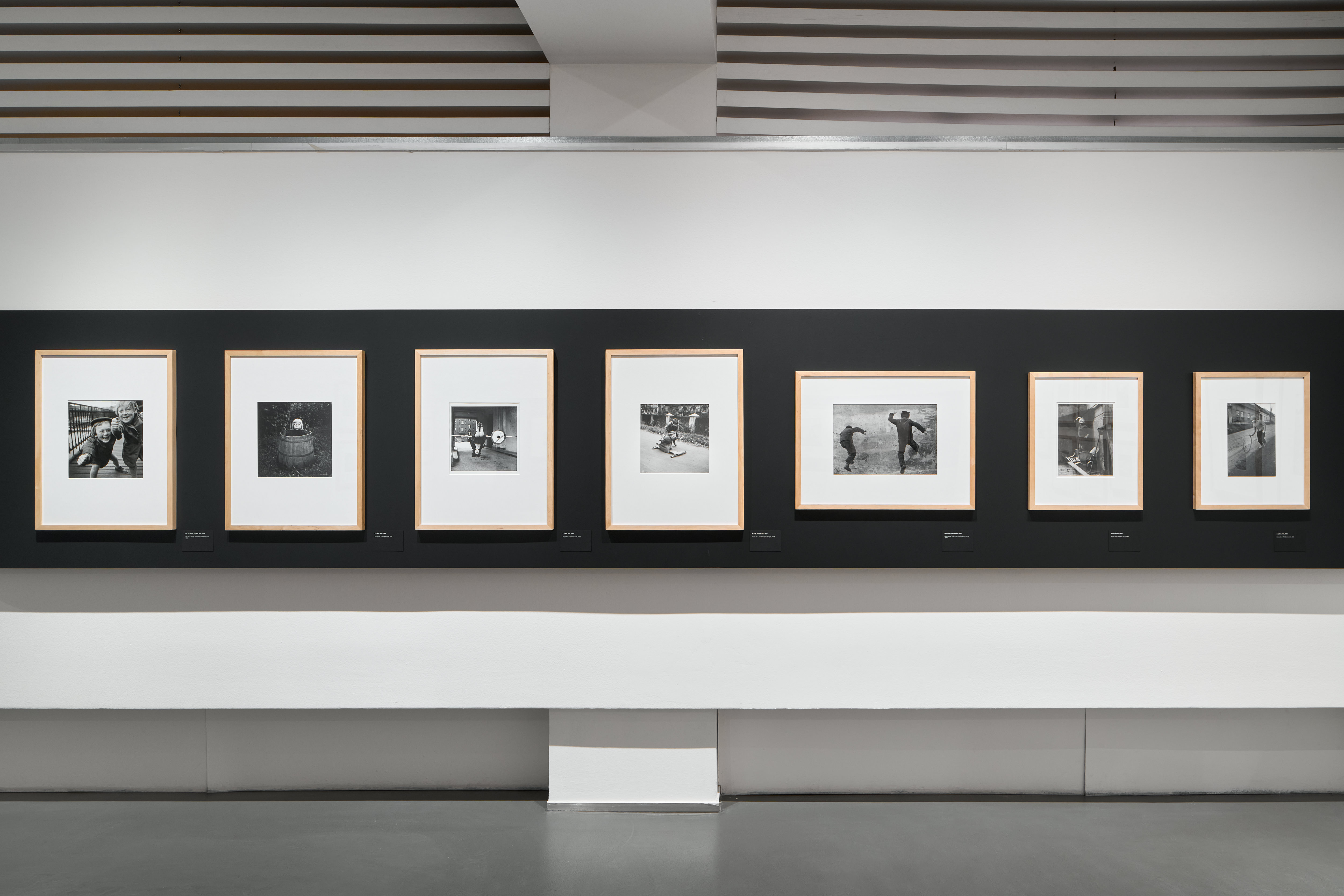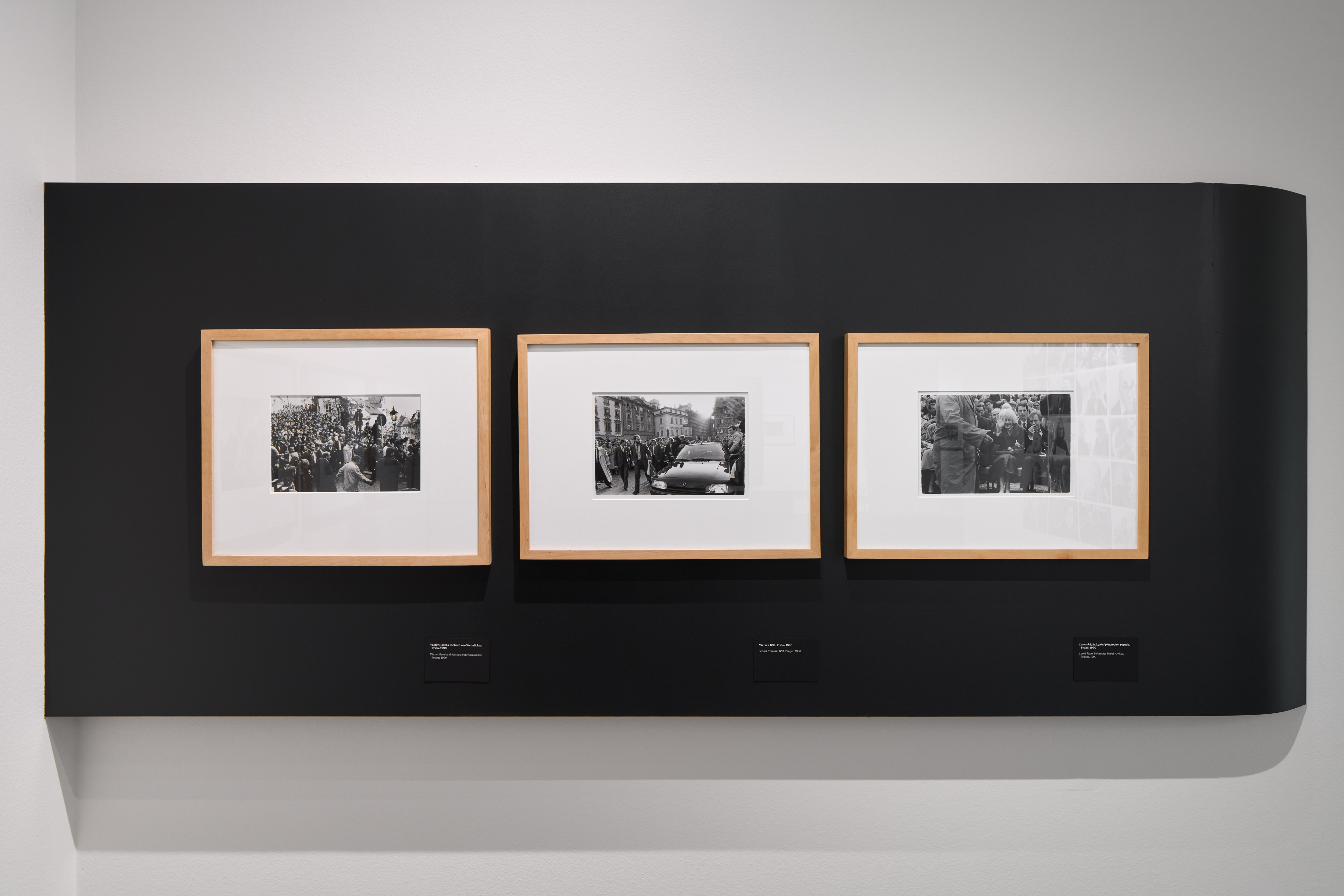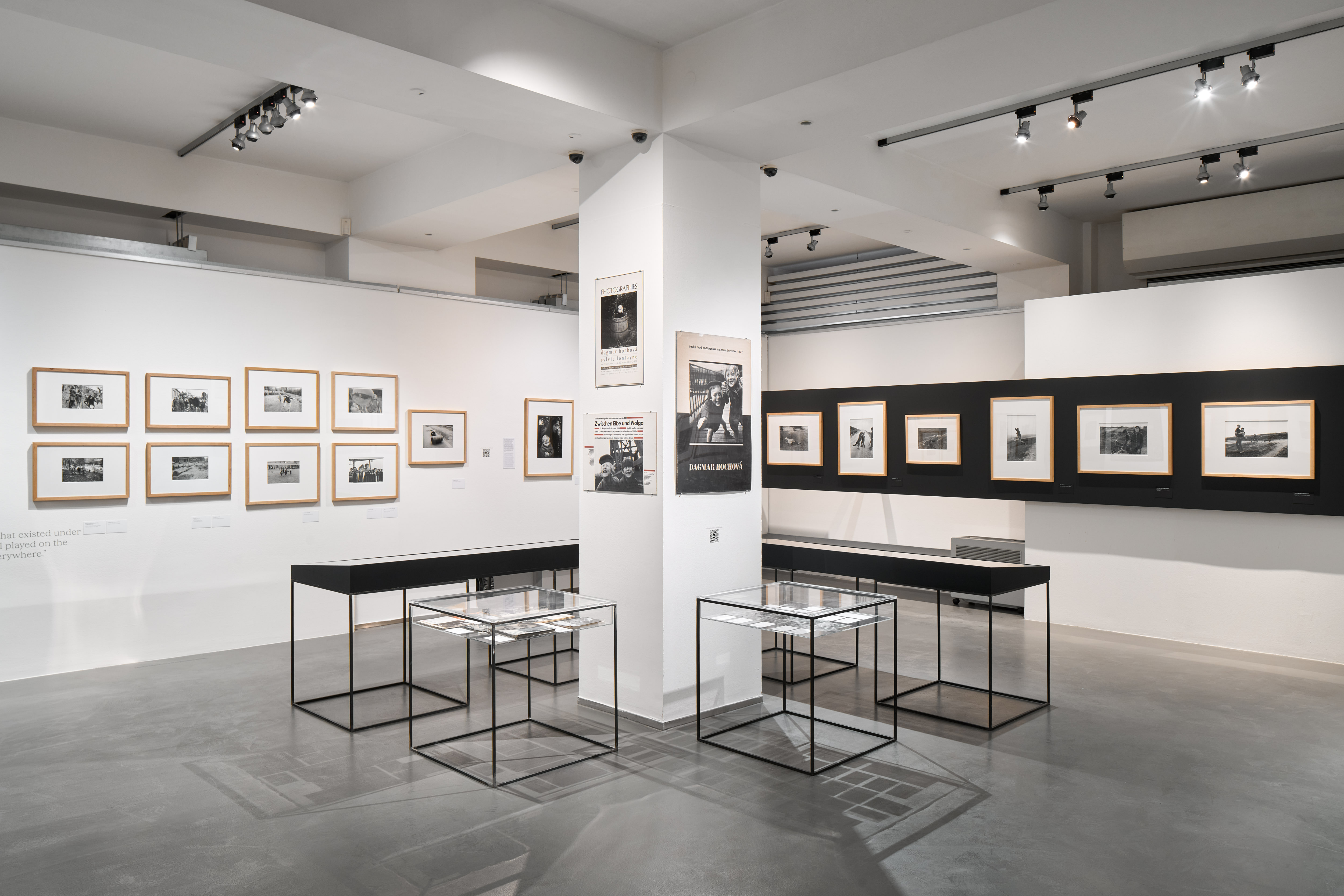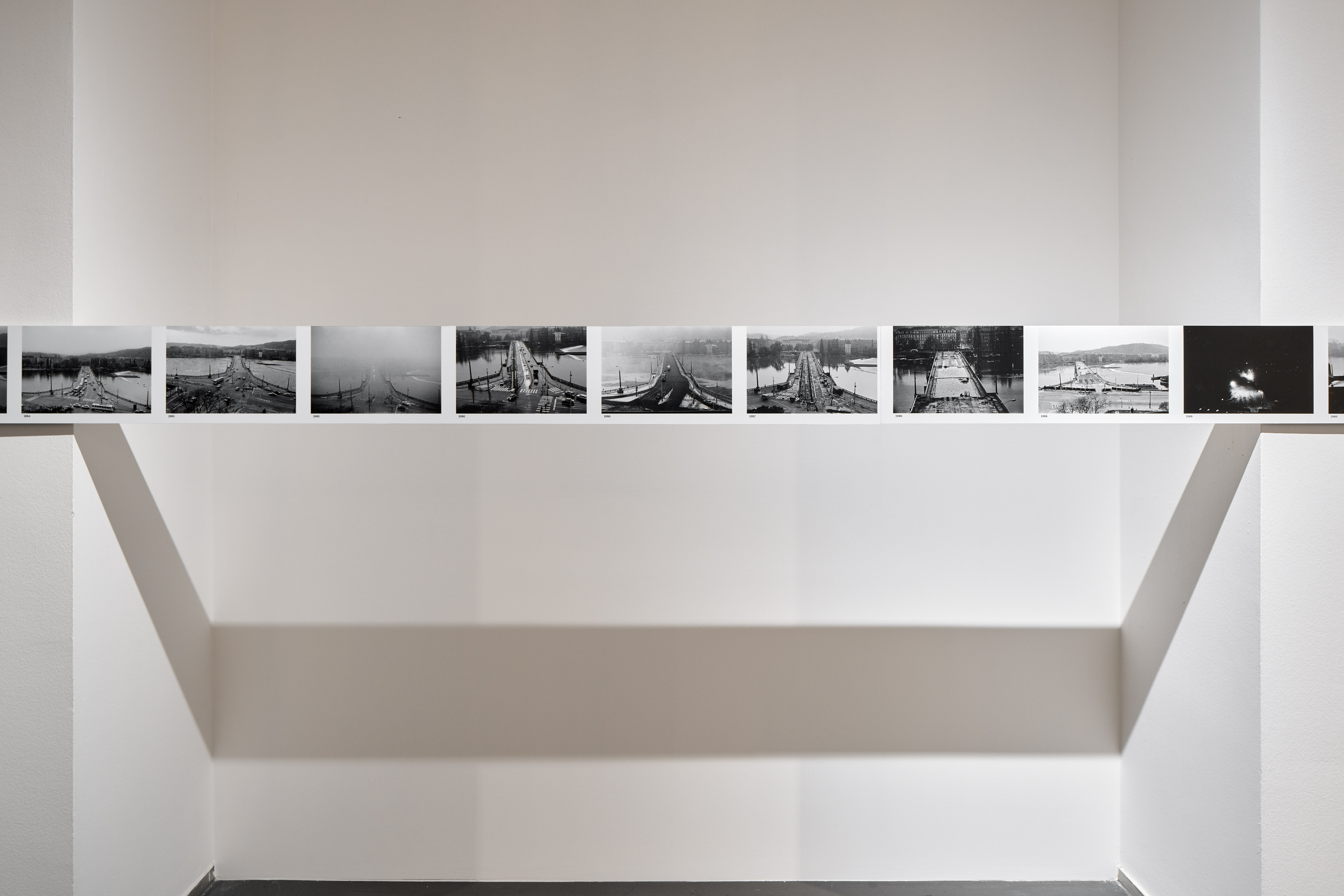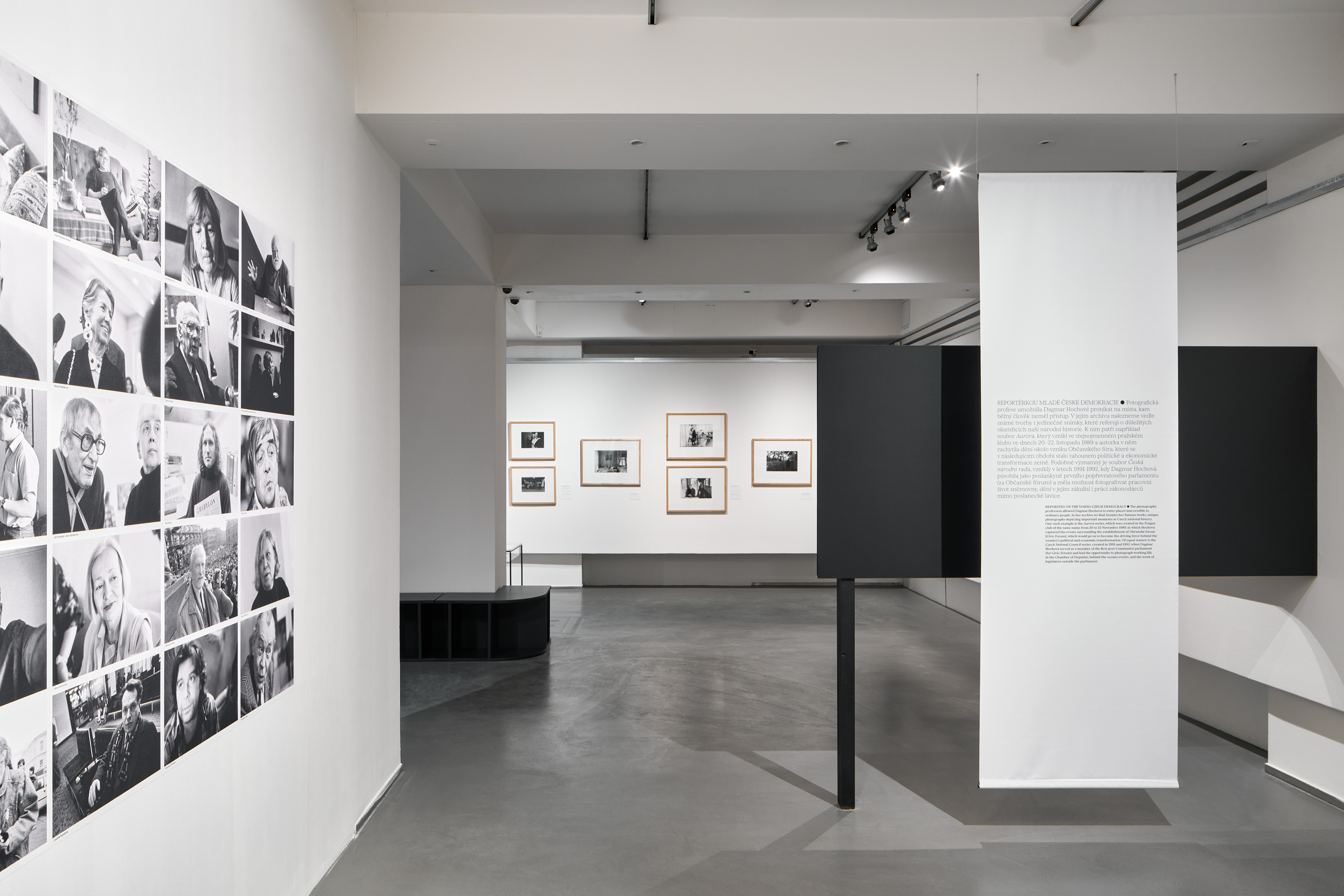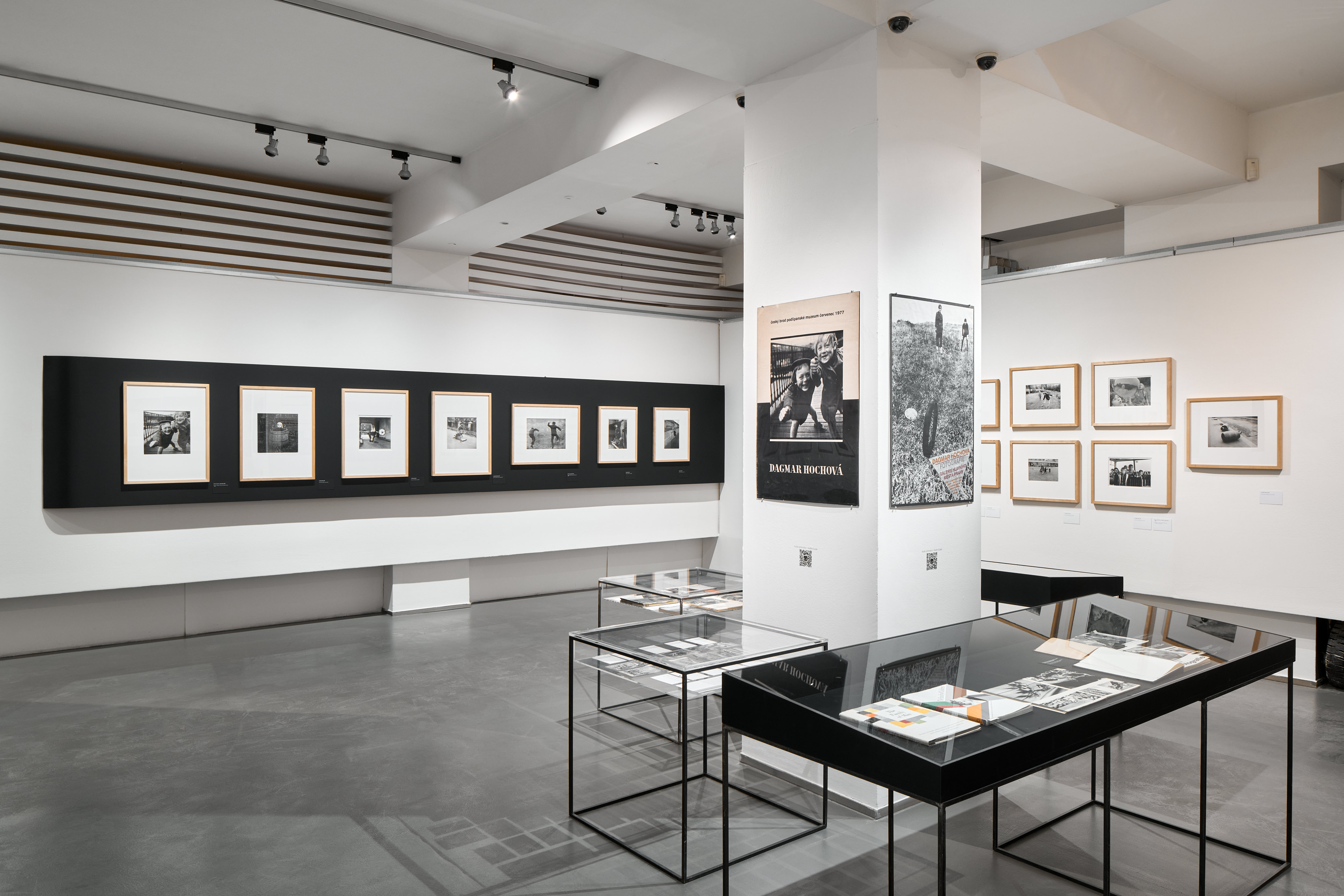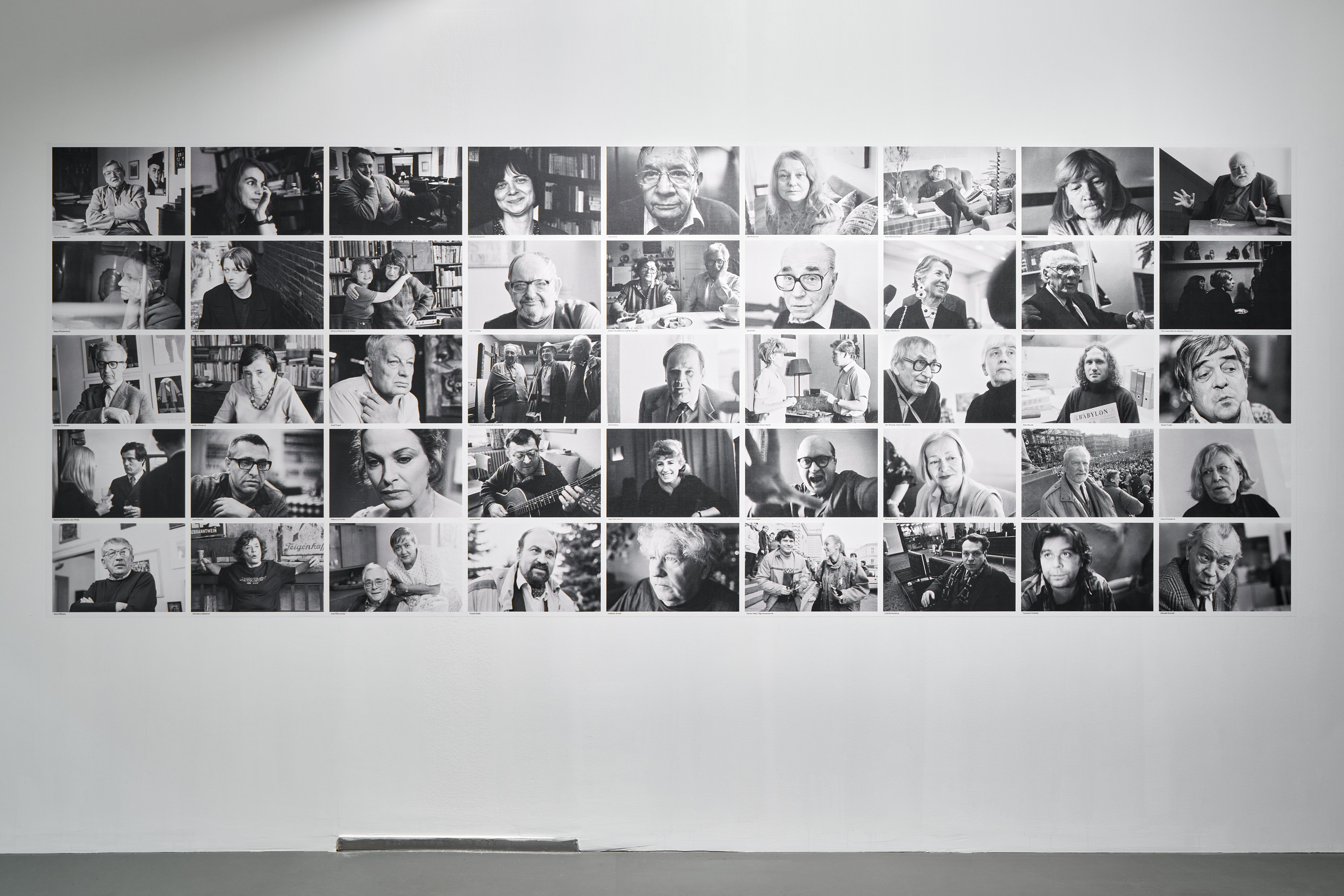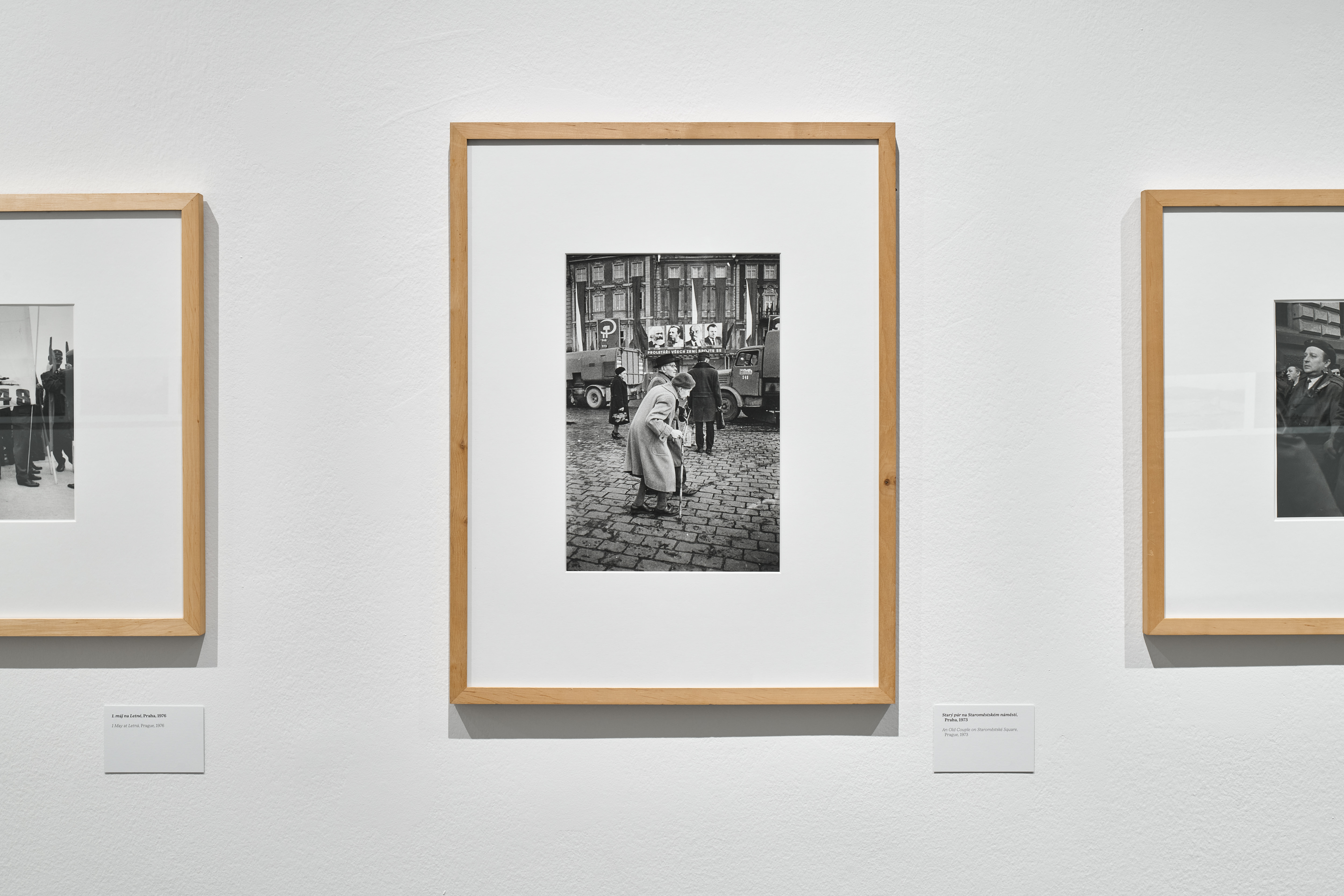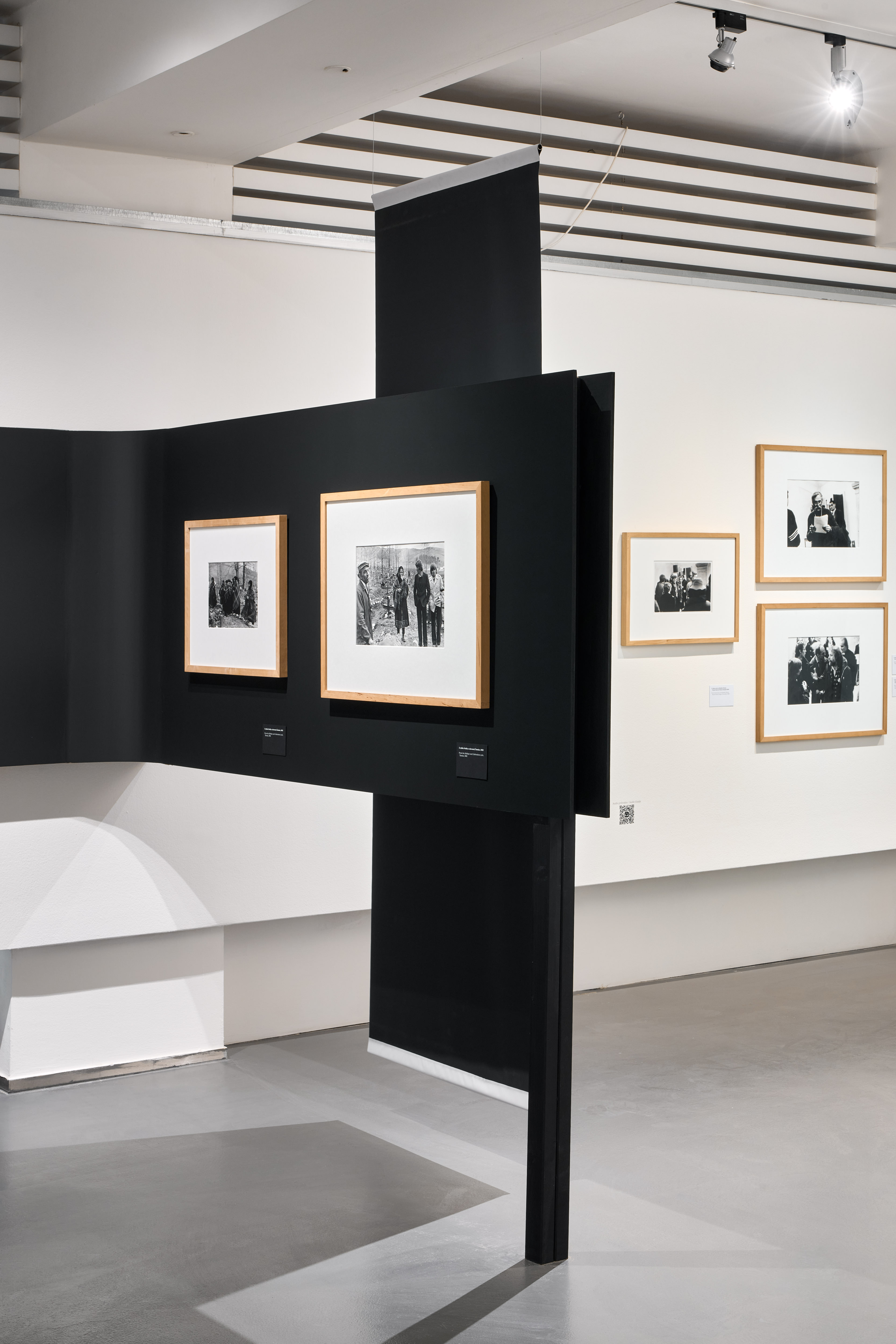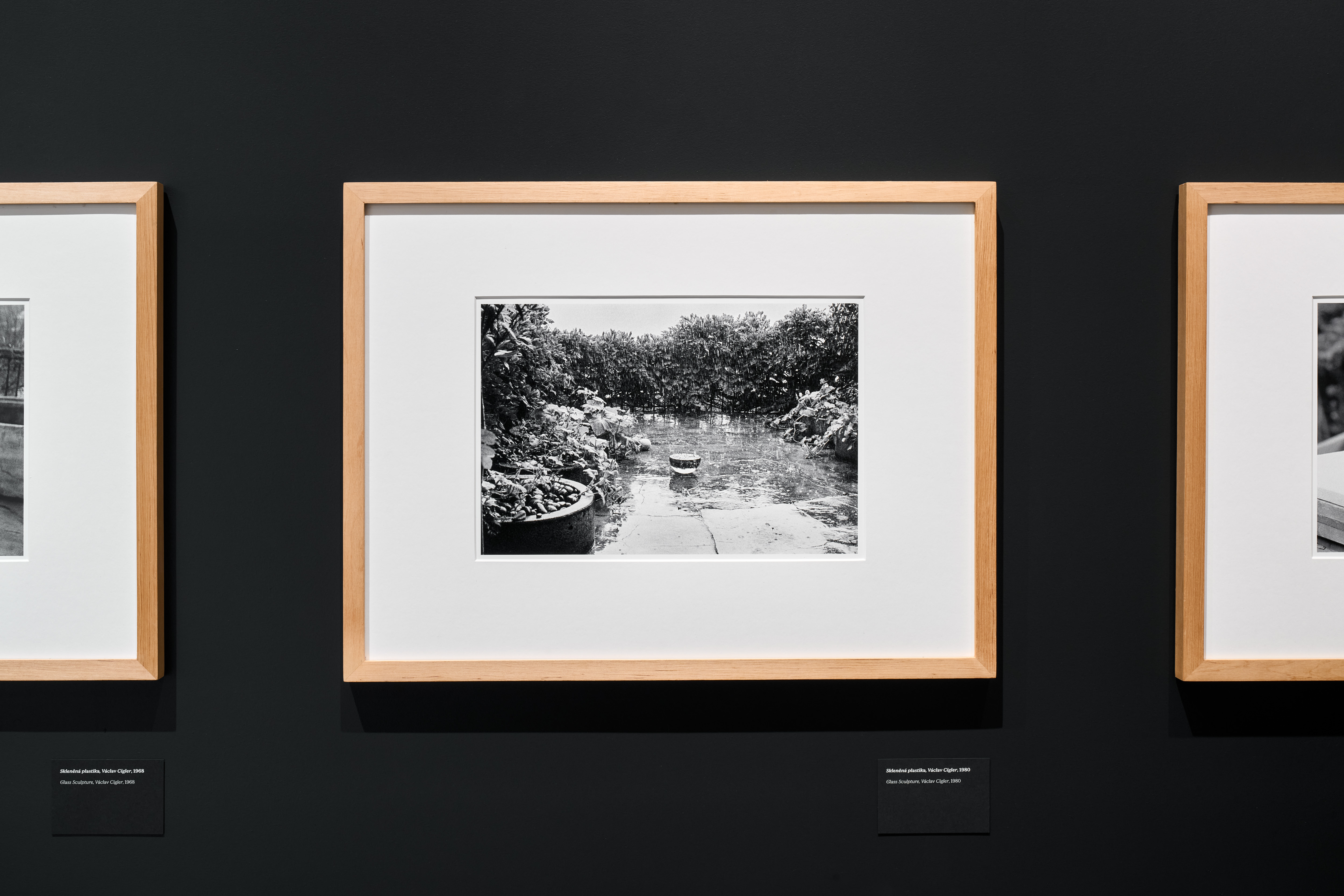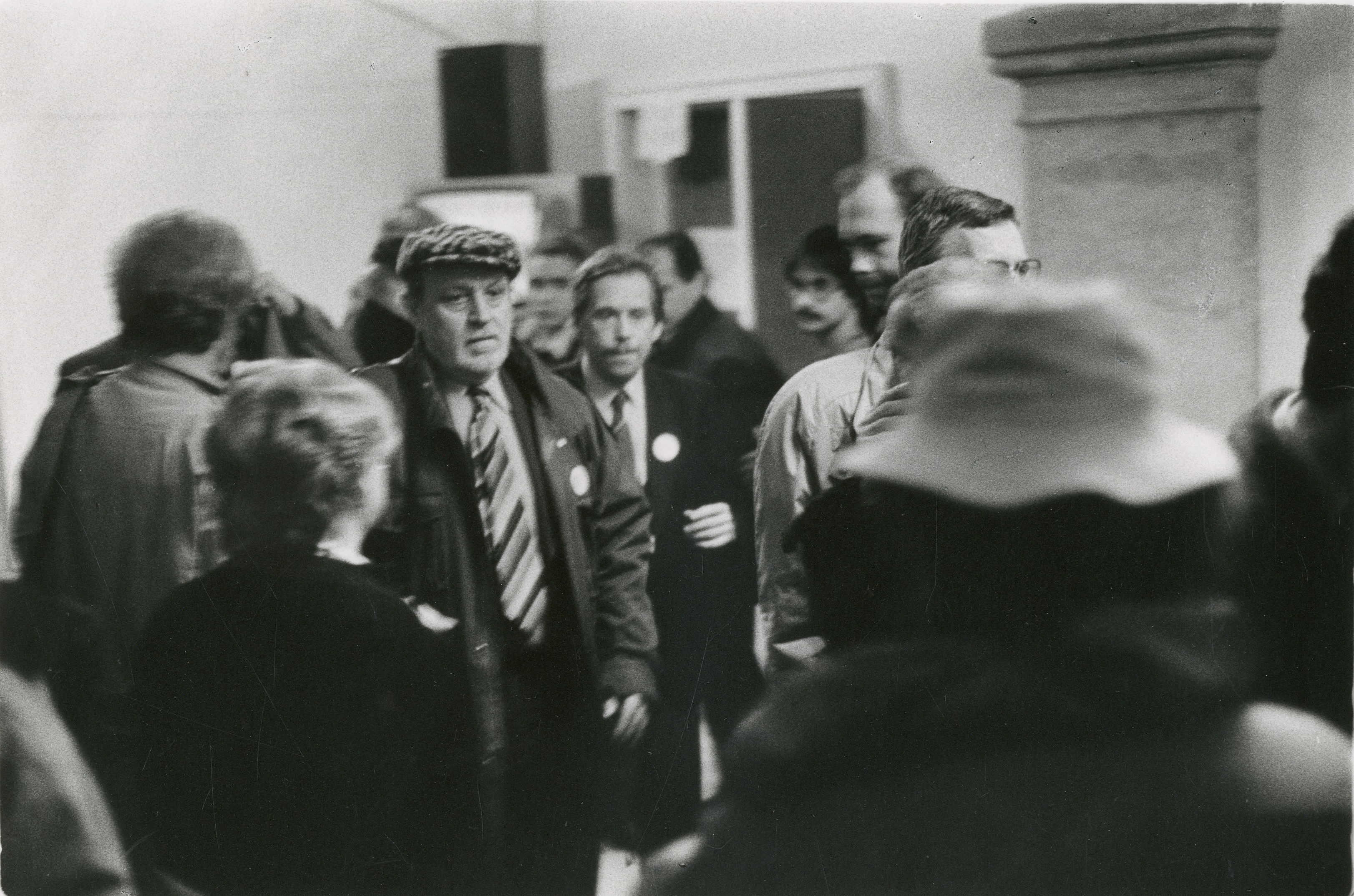
Dagmar Hochová: From Children to Democracy. Exhibition at the GHMP Dům fotografie (House of Photography) Reveals Unknown Faces of Renowned Photographer
The Prague City Gallery, in cooperation with the Moravian Gallery in Brno, presents an exhibition of the work of photographer Dagmar Hochová (1926–2012). The retrospective has been curated by Jiří Pátek and will be open to the public at the House of Photography from 7 October 2025 to 4 January 2026. Hochová is best known to the public as a ‘photographer of children’. However, her work is much more layered and explores a range of themes relating to both the personal and collective history of Czechoslovakia. The exhibition thus highlights new facets of this influential Czech photographer, who played a fundamental role in shaping domestic documentary photography.
It showcases Hochová not only as a sensitive observer of the world of children but also, for example, as a photographer capturing the dawn of new Czech democracy after 1989. Her photographs range from intimate human moments to landmark historical events, demonstrating that she was an artist with profound moral roots.
"Dagmar Hochová's work is always rooted in the values of humanity and freedom, which radiate clearly from her photographs. The exhibition offers a comprehensive view of Hochová’s oeuvre – spanning from school exercises and commissioned works to photographs documenting the emergence of a democratic society post-1989," says Magdalena Juříková, Director of the Prague City Gallery.
The exhibition includes 150 original prints in black and white, and for the first time, it presents her school work created under the guidance of the renowned Czech photographer Jaromír Funke. Visitors will see photographs from different stages of her life and career, including her work for magazines and publishers, photographs from the Prague Spring period and the years of normalisation that followed. An important section features photographs from the period of Czech democracy's formation after 1989, such as those from the Aurora Club – where the Civic Forum had one of its headquarters in November 1989 – and from the Czech National Council, where Hochová also served as a deputy. The exhibition also includes socially conscious series from institutions and rural communities, alongside a unique collection of photographs of World War I legionnaires. It is complemented by period magazines, posters, books, and photographs of her contemporaries. The exhibition also features two video projections and audio recordings in which Hochová herself discusses her life and work.
The Moravian Gallery in Brno spent twelve years processing an extensive archive of 130,000 negatives, which it acquired. Thanks to this digitisation, a new insight into Hochová’s life and work has become possible. "The archive of any artist’s negatives offers a close and intimate insight into their life and work. You will understand the links between different parts of their work, discover their personal and social connections, and gain insight into why certain things happened the way they did. You will be able to refine and correct their public image for yourself, and see that even those who are admired and recognised in this world are still only human," comments curator Jiří Pátek.
“Dagmar Hochová has left an indelible mark on the history of Czech photography. She managed to capture not only the magic of everyday life but also pivotal moments in the modern history of our country. Her work constitutes an important part of our cultural memory and serves as a reminder that freedom and humanity are values we must continue to cherish. I am delighted that Prague City Gallery is presenting this retrospective, enabling the public to rediscover the breadth and depth of this exceptional artist’s oeuvre,“ says Prague's Deputy Mayor for Culture, Tourism, Heritage, National Minorities, Exhibitions Sector, and Animal Welfare JUDr. Jiří Pospíšil.
Dagmar Hochová (1926–2012) was a prominent Czech documentary photographer renowned for her humanistic style. Her main themes were people and human relationships, and she aimed to capture humanity in an authentic manner. She photographed in black and white using only basic technical equipment to preserve the atmosphere and natural light. She was particularly acclaimed for her photographs of children, whom she regarded as symbols of freedom, as well as her portraits of important personalities and her documentation of significant moments in Czechoslovak history. Throughout her career, she also dedicated many years to the theme of old age, documenting important cultural events. Her work was valued for its immediacy and authenticity, and her photographs remain an important testimony to Czech society in the mid-20th century.
Photos in print quality are available here
Photos in print quality are available here
7. 10. 2025 – 4. 1. 2026
Curator: Jiří Pátek
Architectural Design: Tomáš Svoboda
Graphic Design of the Exhibition: Milan Nedvěd
In cooperation with the Moravian Gallery in Brno
GHMP Dům fotografie, Revoluční 1006/5, 110 00 Praha 1 – Staré Město
Opening hours: Tue–Sun 10 a.m. – 6 p.m., Thu 10 a.m. – 8 p.m.
Entrance fee: CZK 150 full (adults) / CZK 60 discounted (students and seniors)
For up-to-date information on accompanying programmes, guided tours and educational activities, please visit our web.
Tickets can be purchased through the GoOut network or at the GHMP ticket offices.
The exhibition program of the Prague City Gallery is supported by the Ministry of Culture of the Czech Republic.
Media partners: ART ANTIQUES, ArtMap, Elle, Flash Art, Fotograf, Artalk, A2, Artikl, Aerokina, Radio 1
The Prague City Gallery manages a total of seven buildings. To make it easier for visitors to find their way around, we will gradually introduce unified names for them in 2025.
Municipal Library, 2nd floor → GHMP Knihovna
The Stone Bell House → GHMP Zvon
House of Photography → GHMP Dům fotografie
Château Troja → GHMP Zámek Troja
Villa Bílek → GHMP Bílkova vila
Colloredo-Mansfeld Palace → GHMP Colloredo-Mansfeld
František Bílek's House in Chýnov → GHMP Bílkův dům


